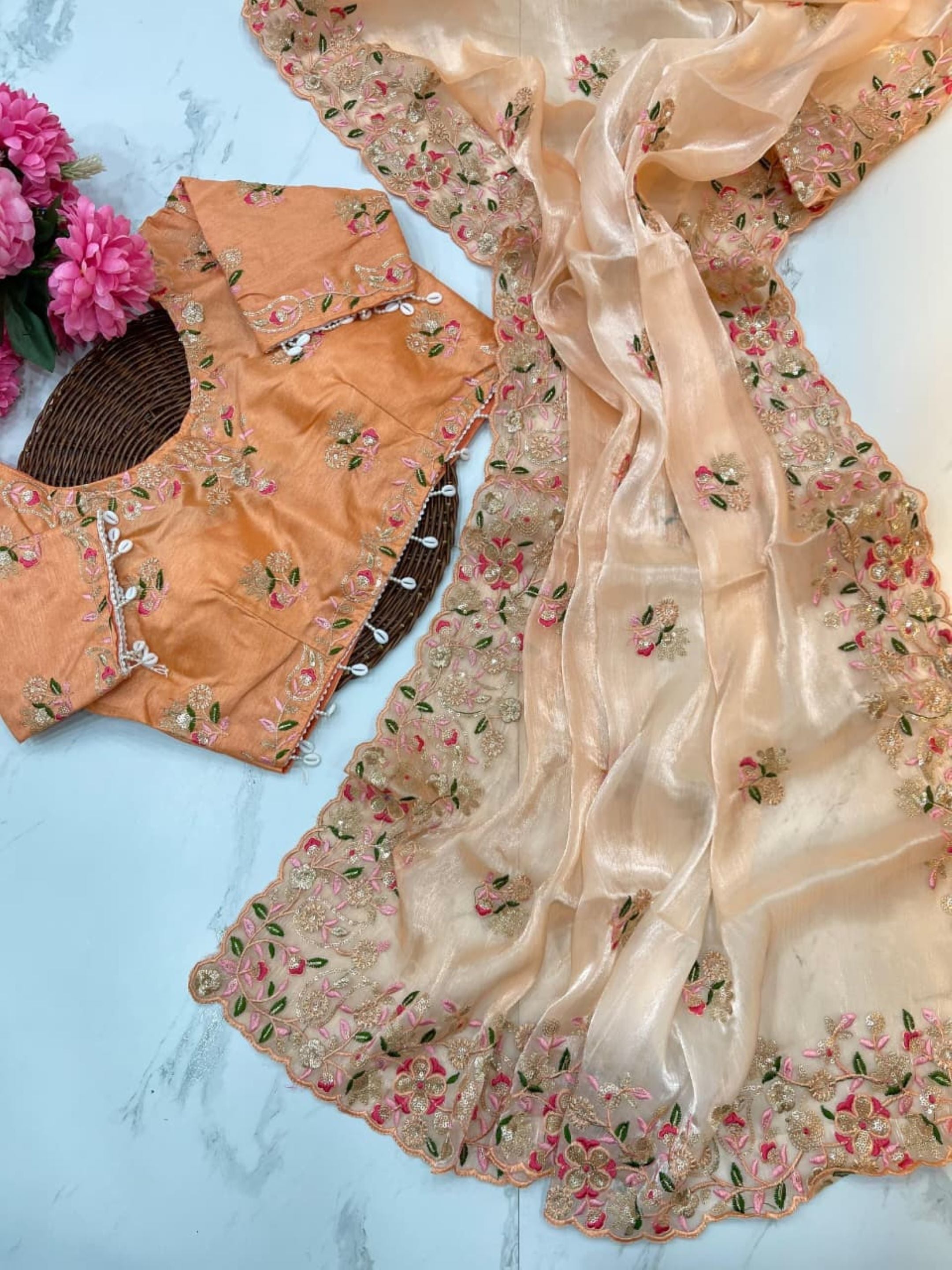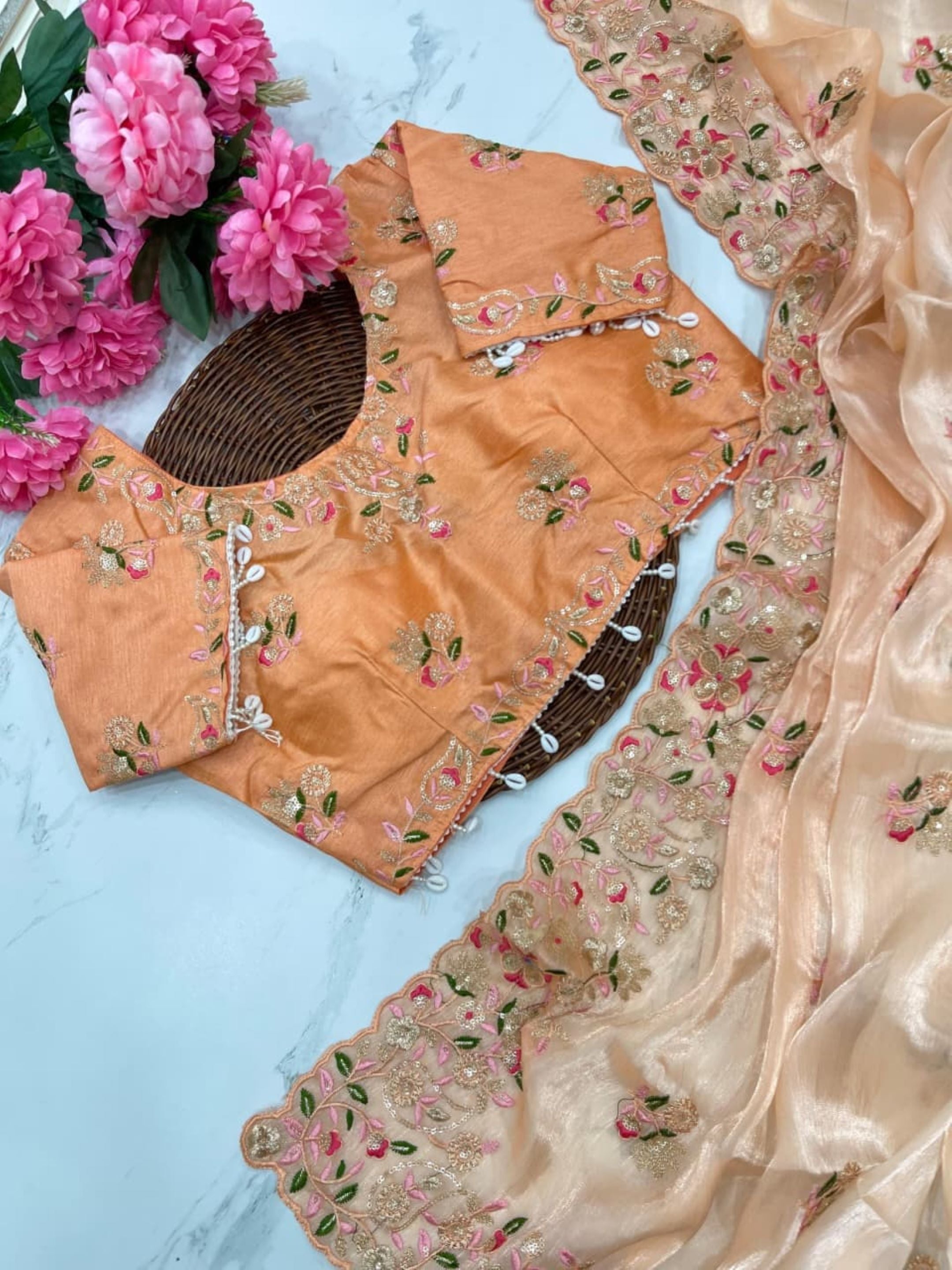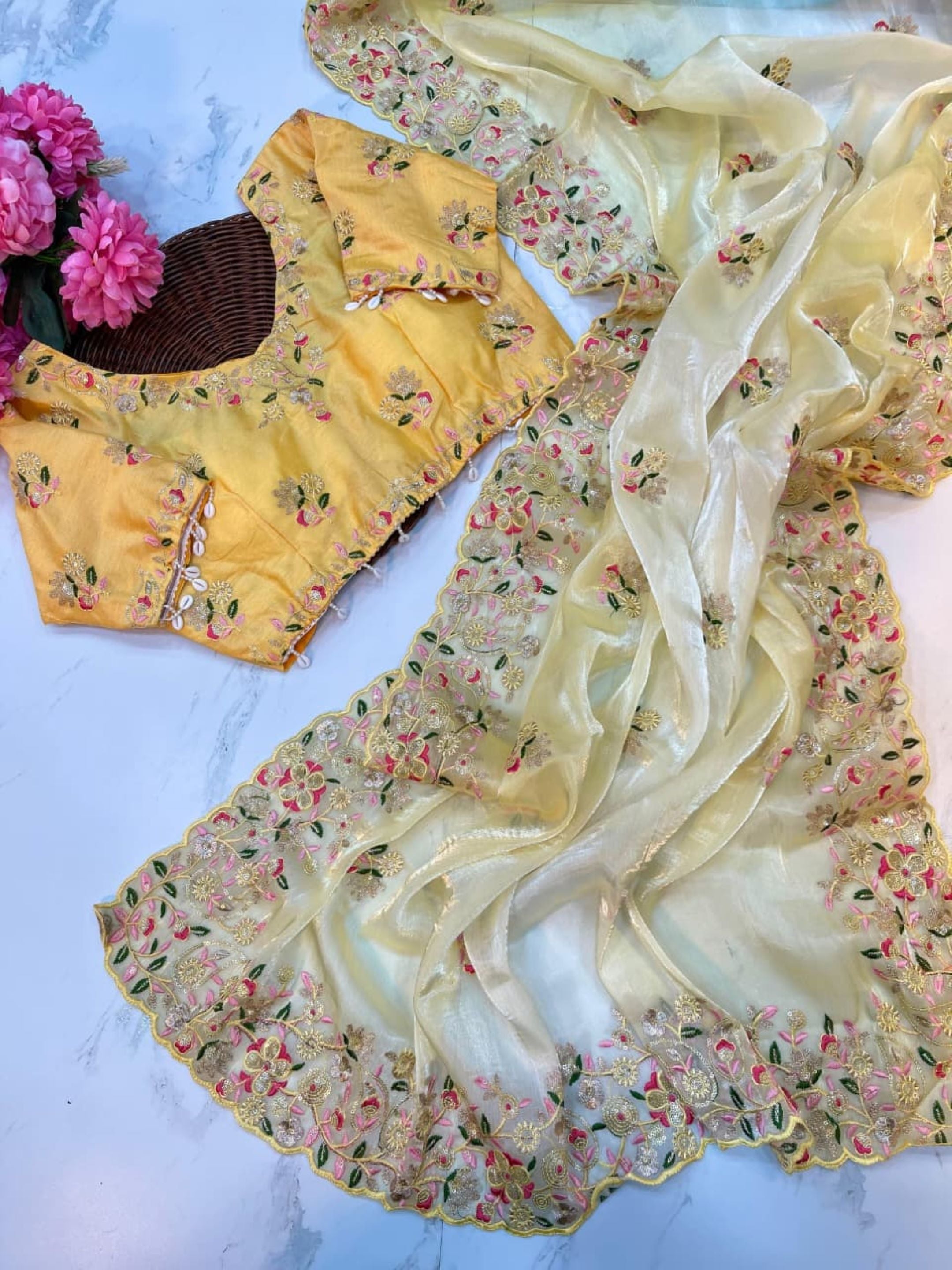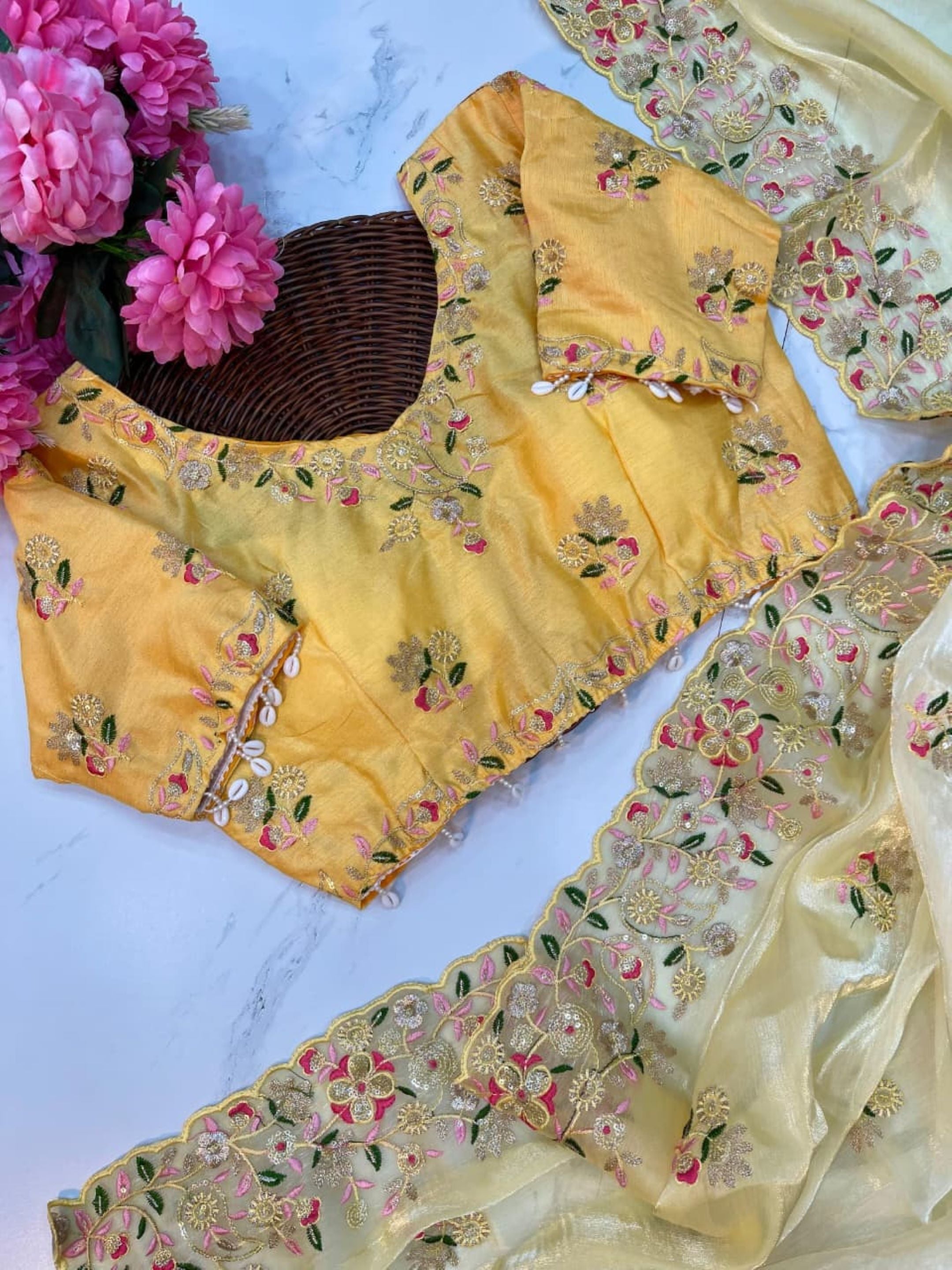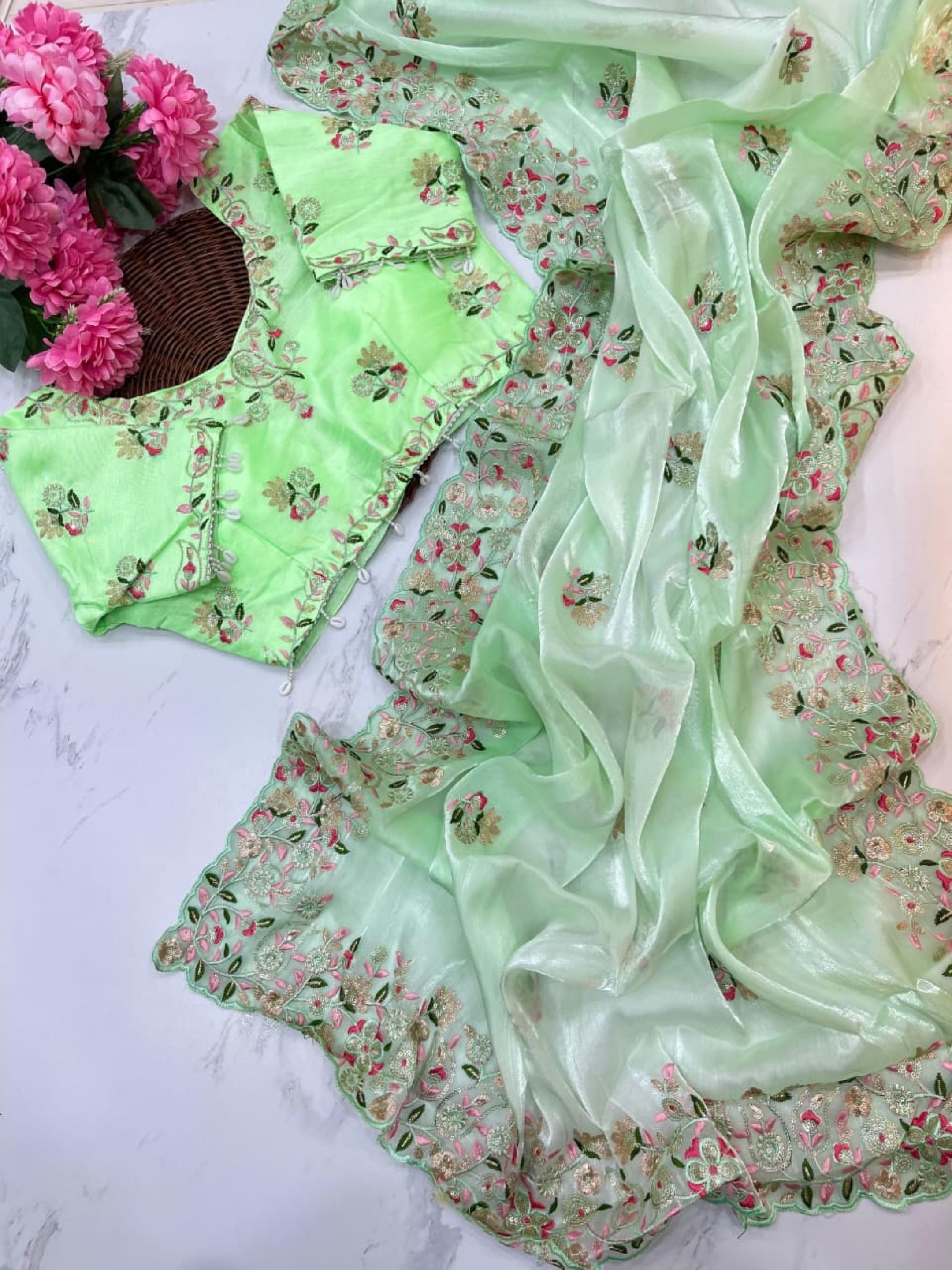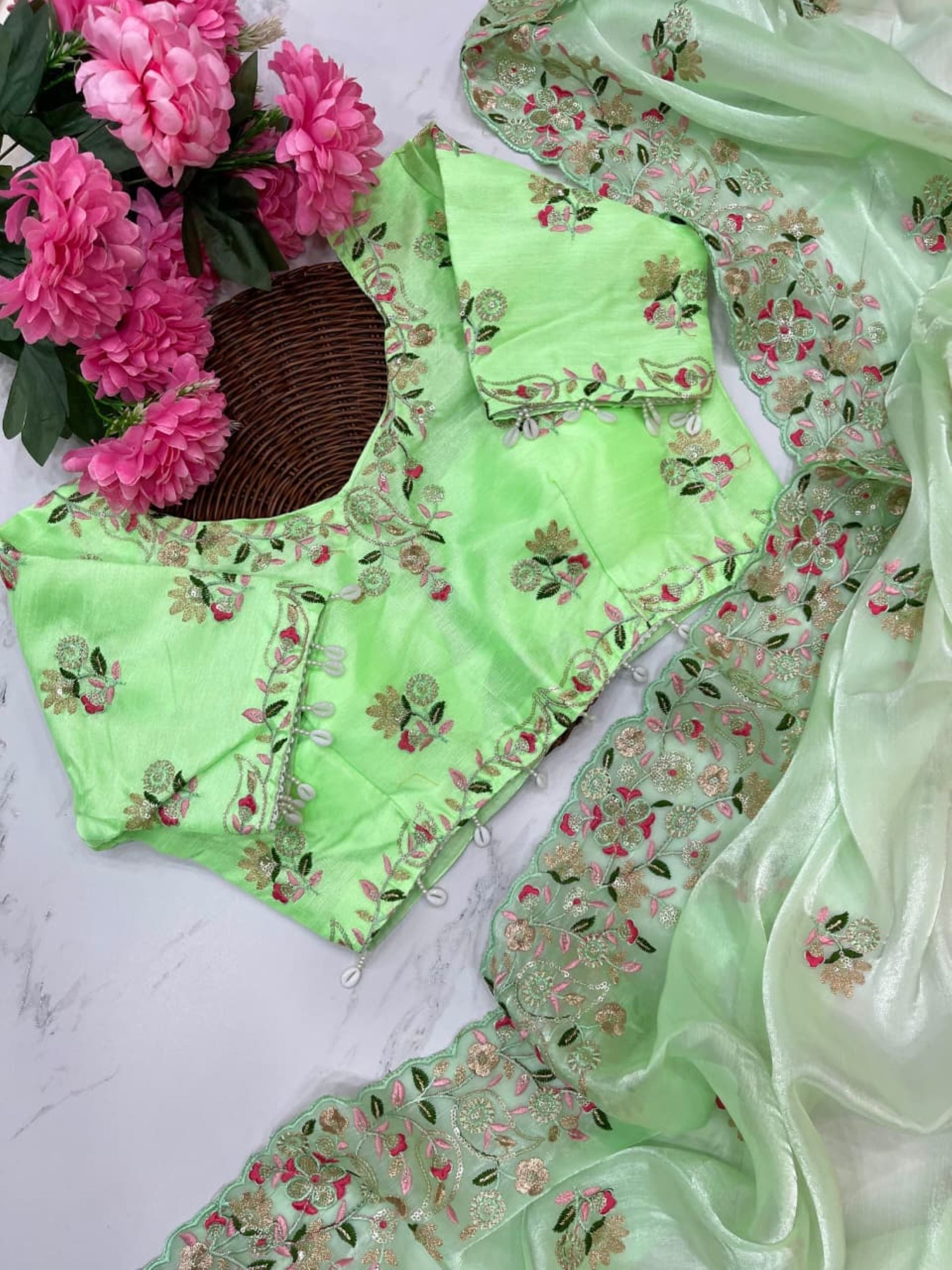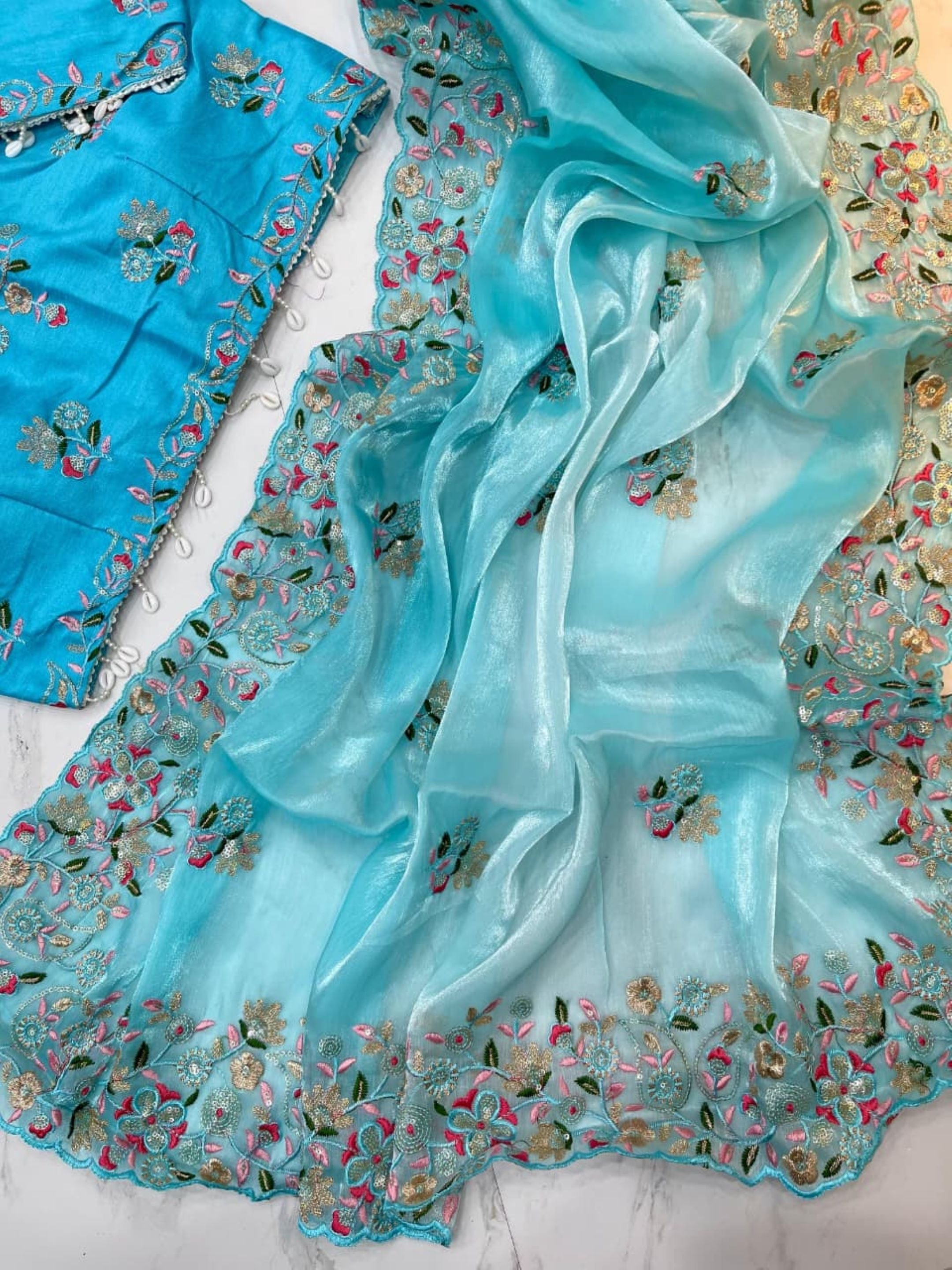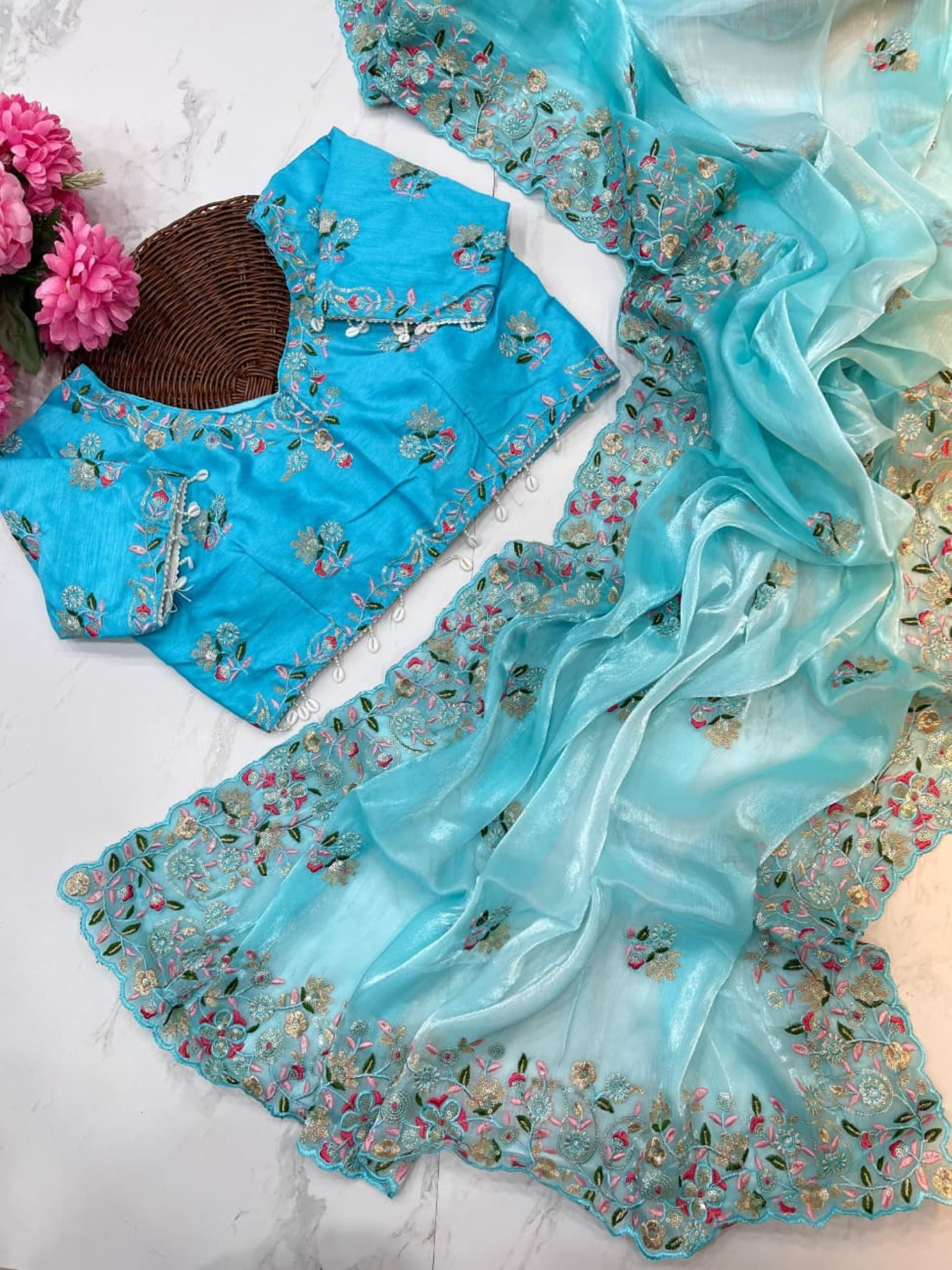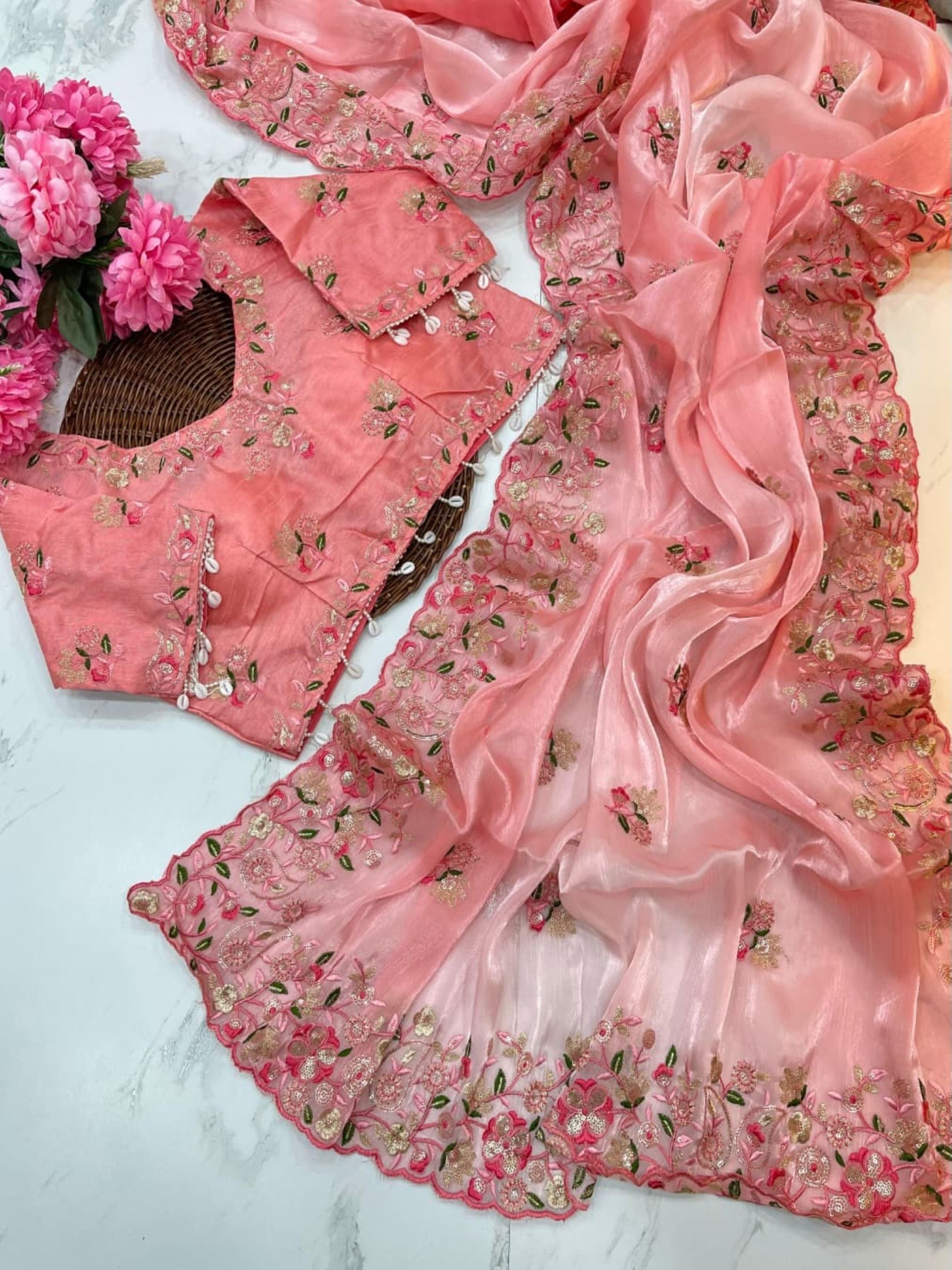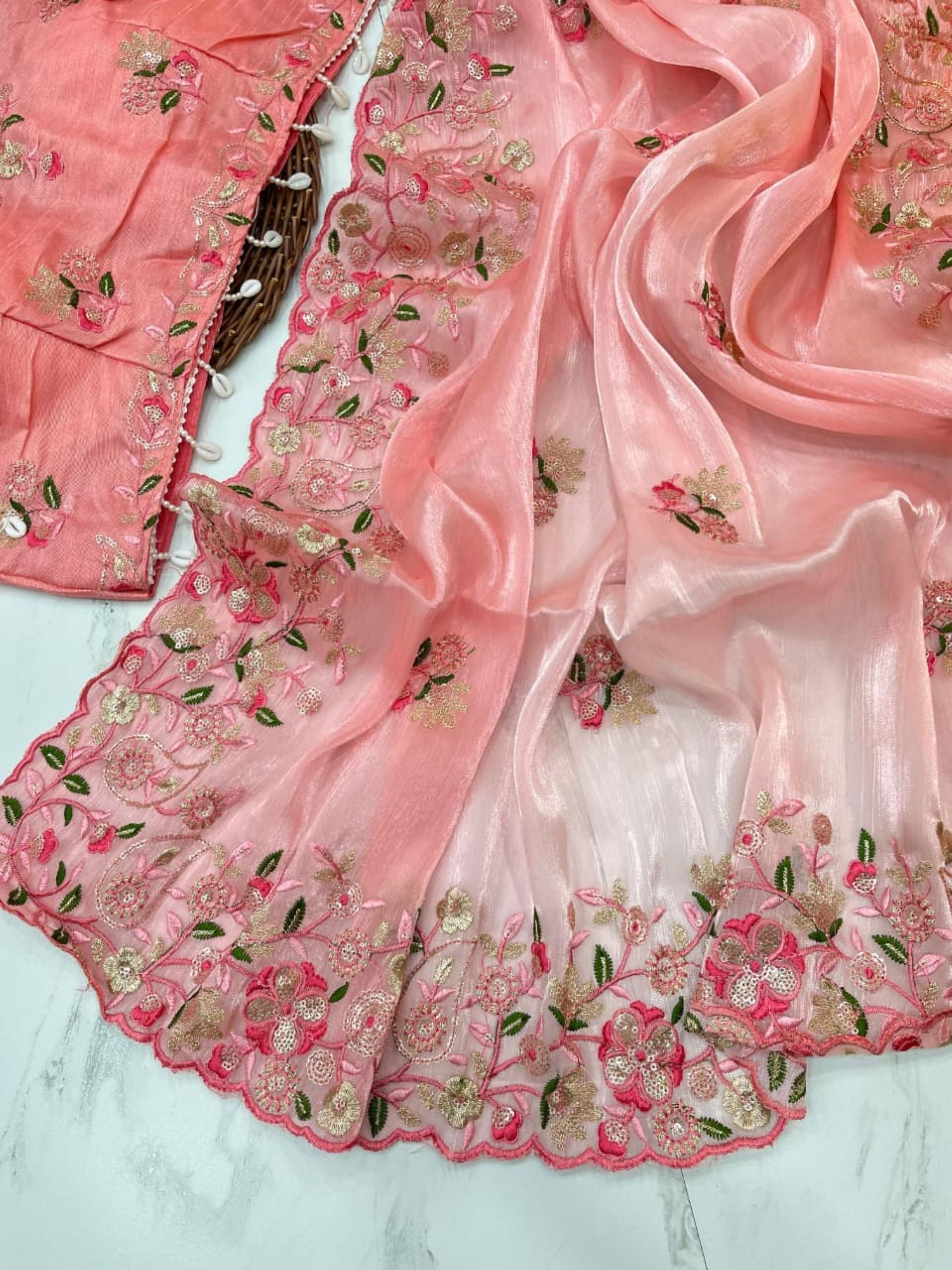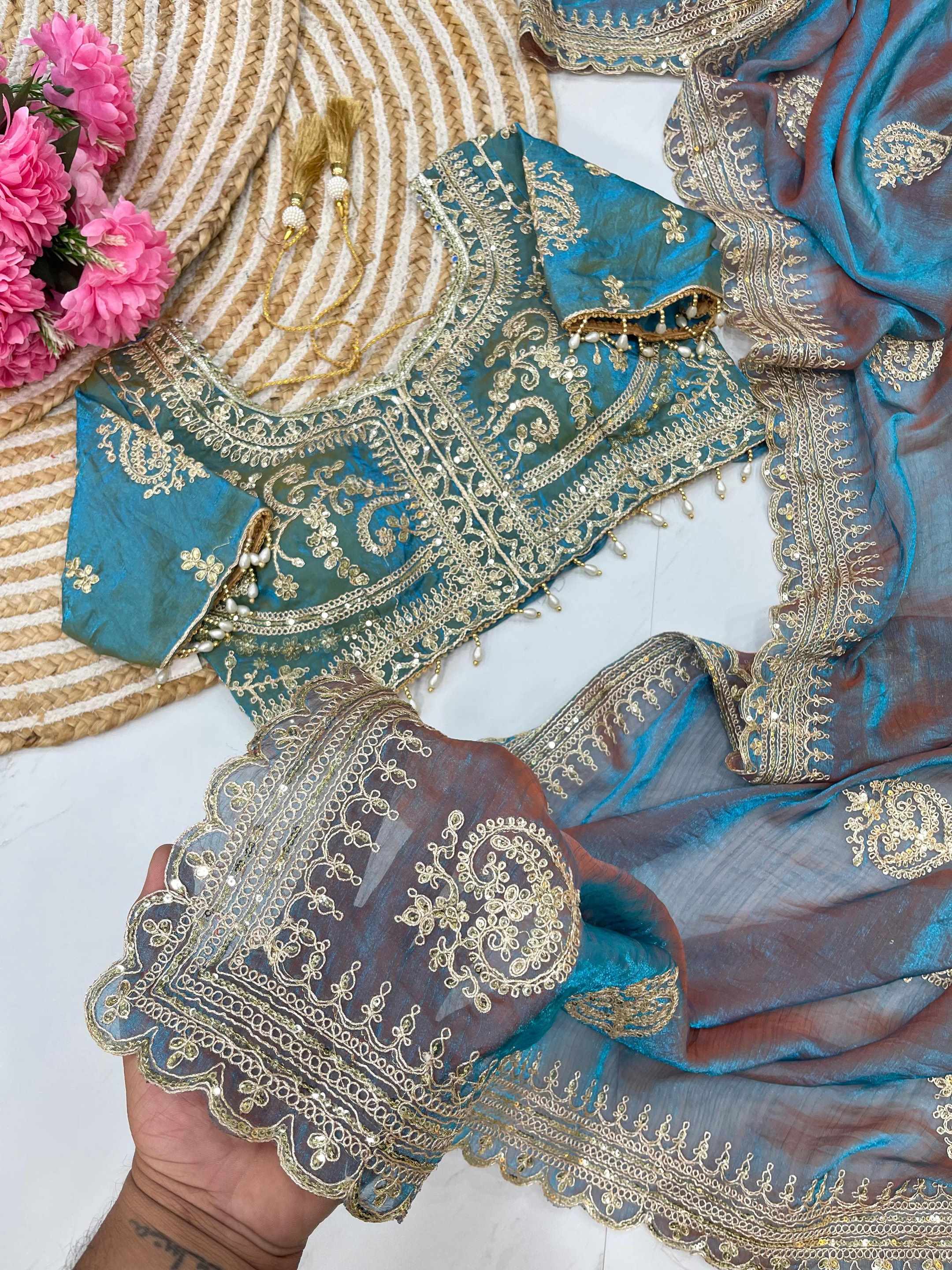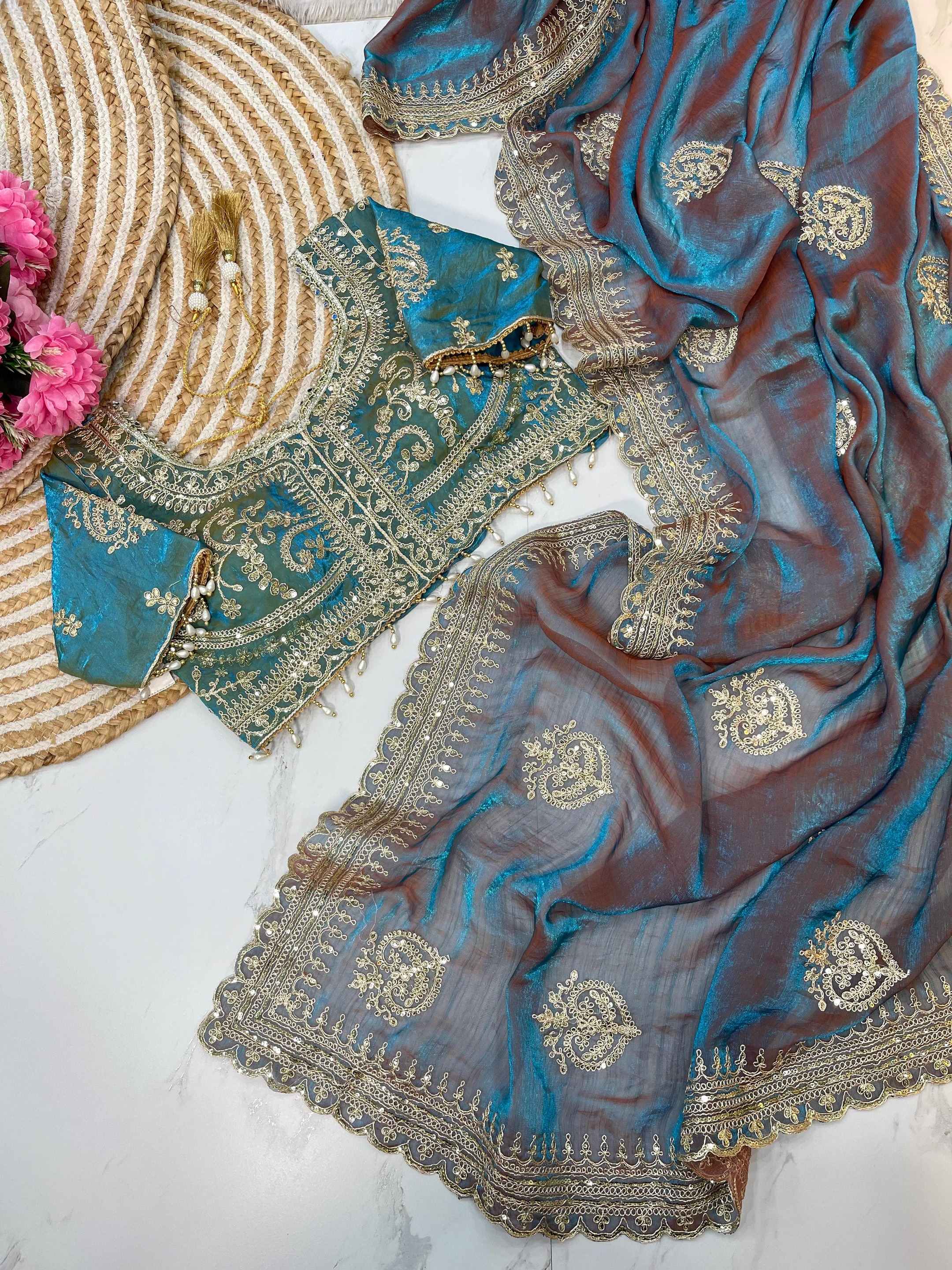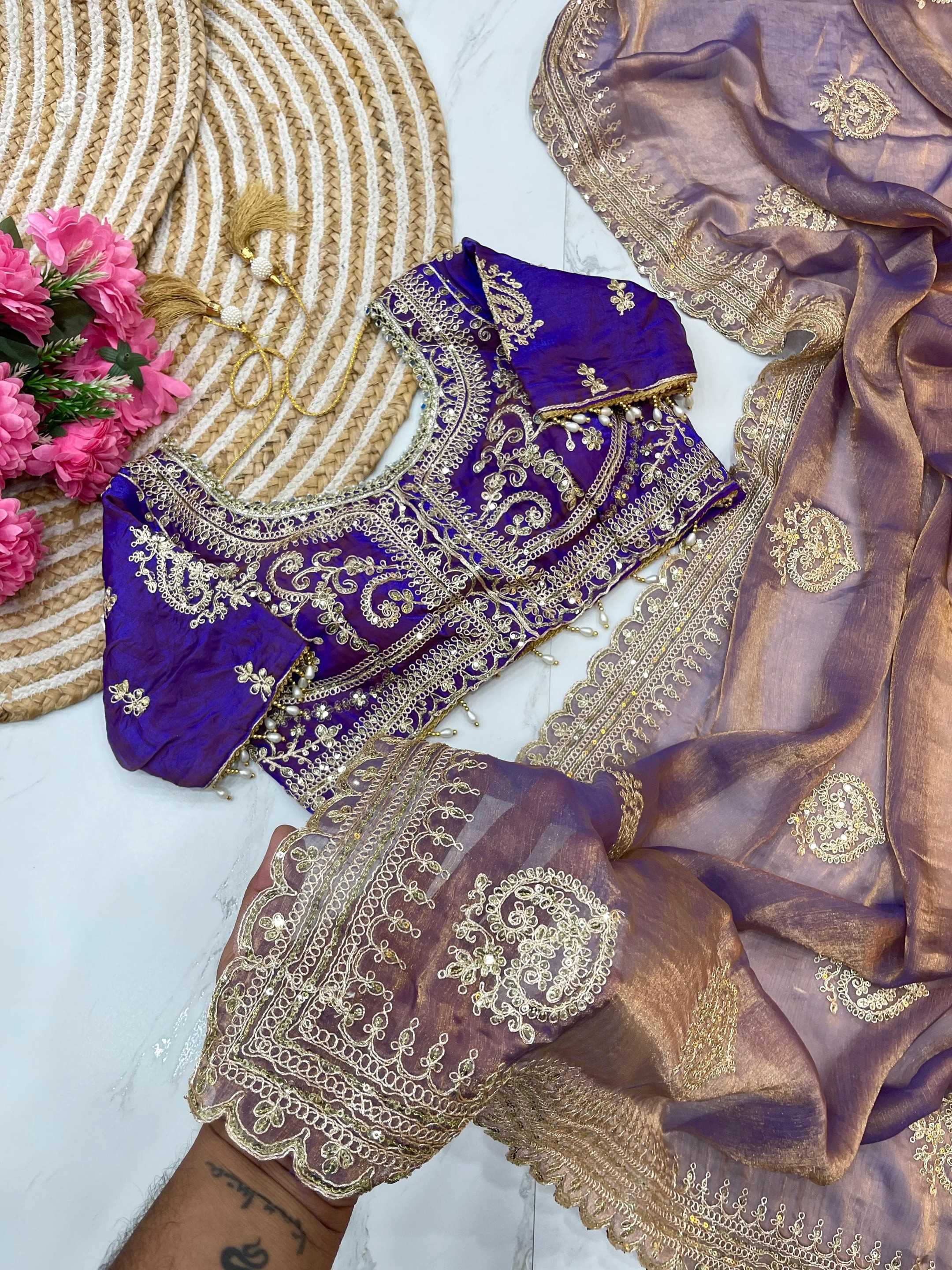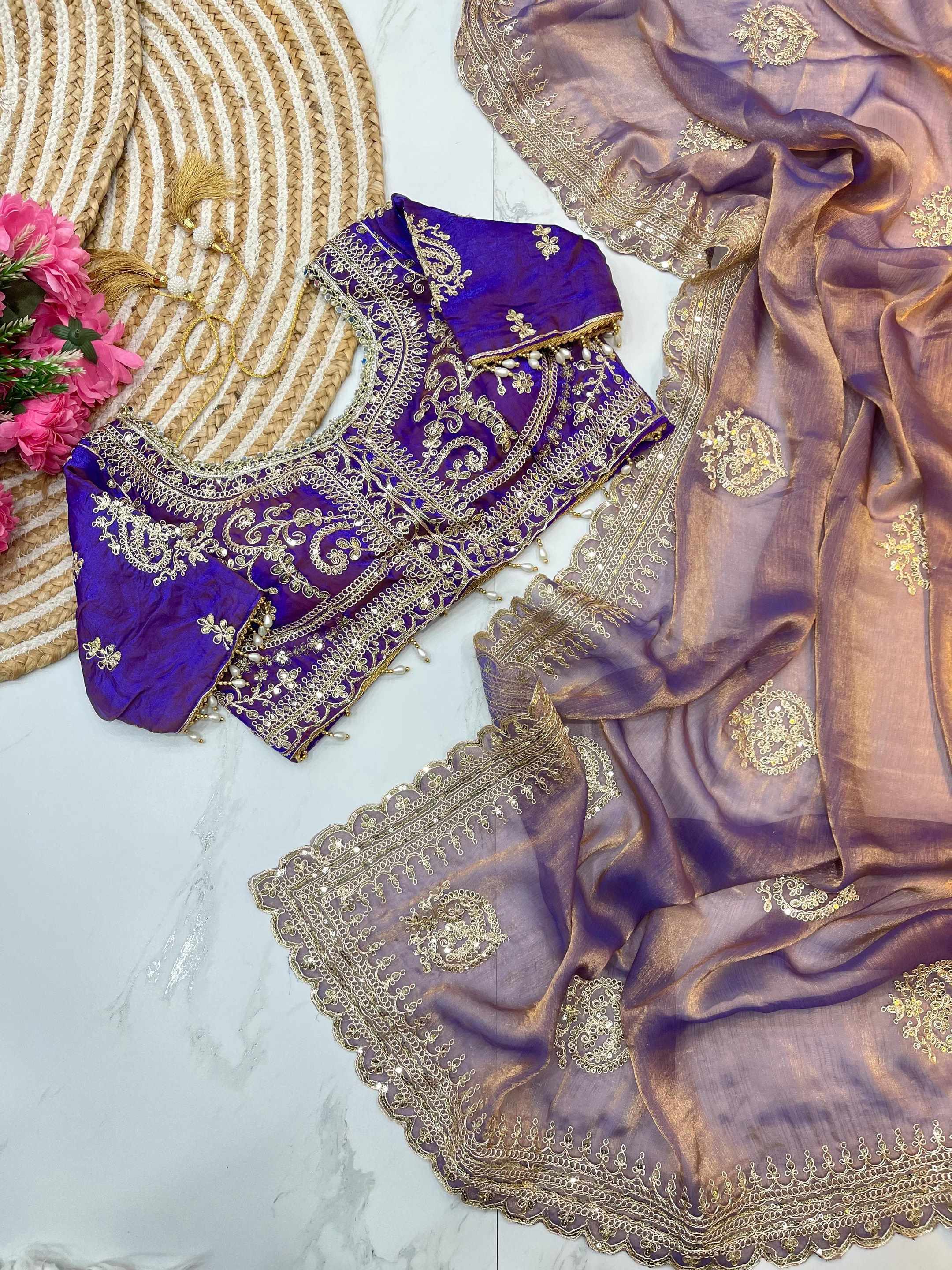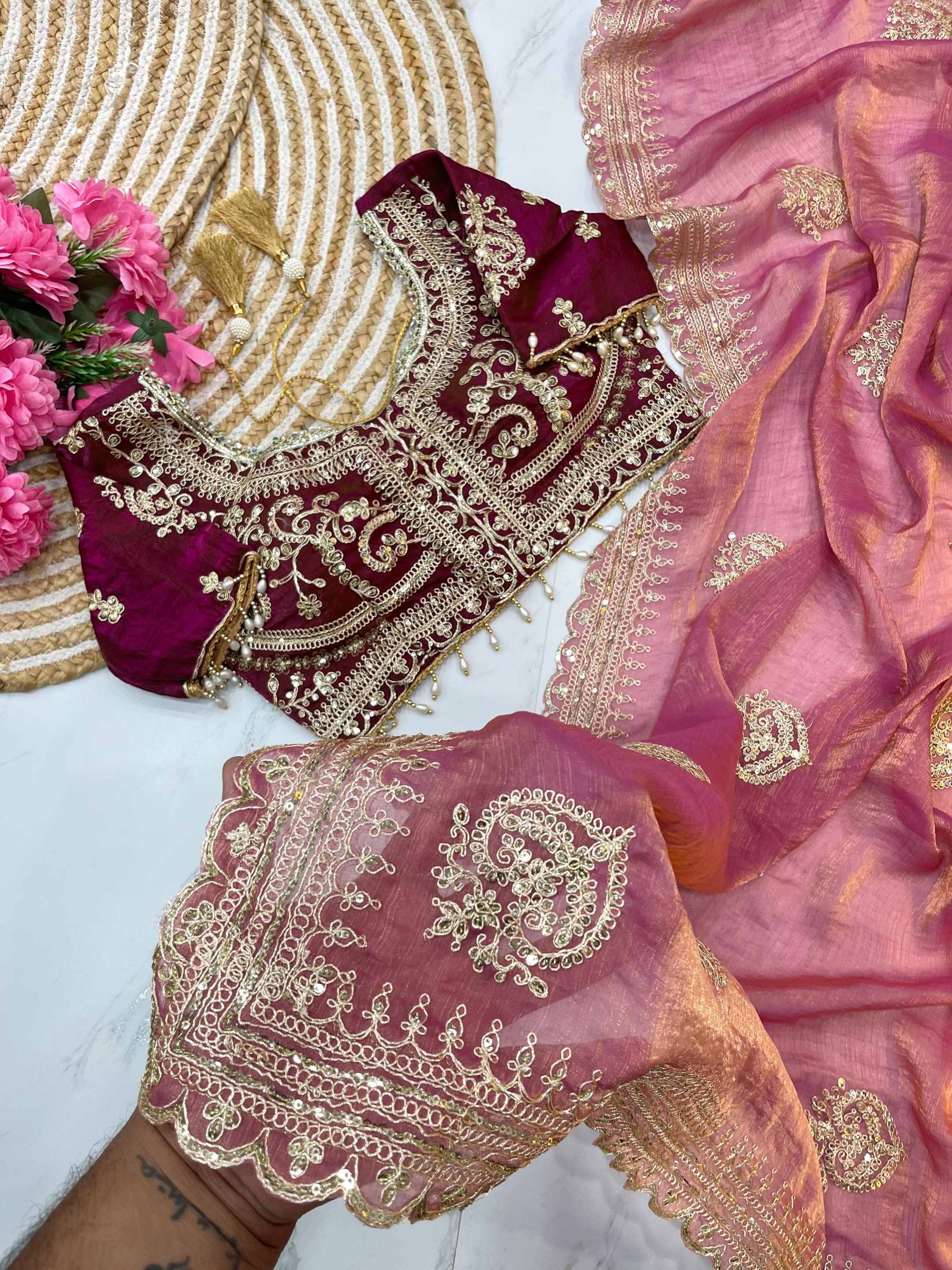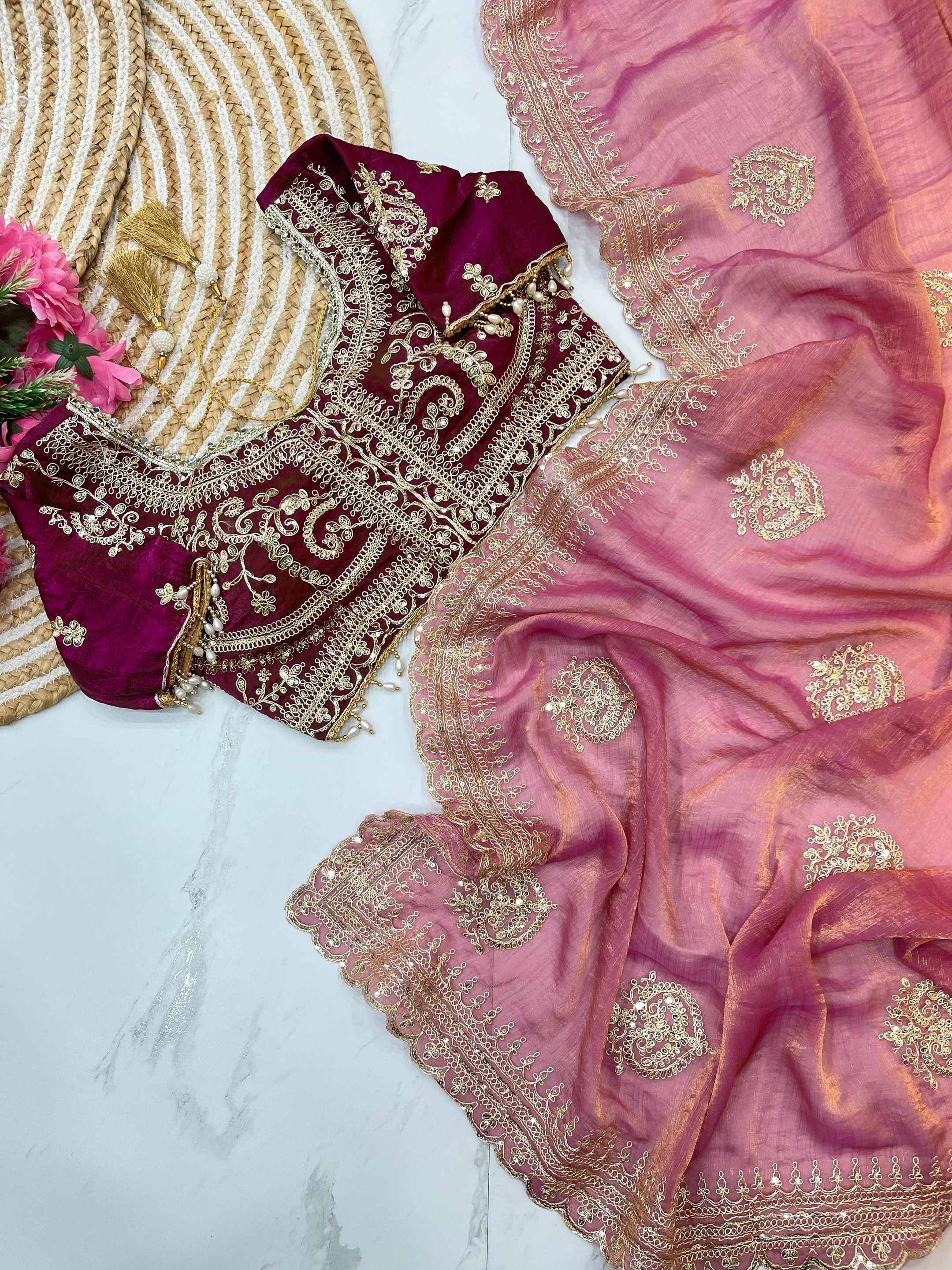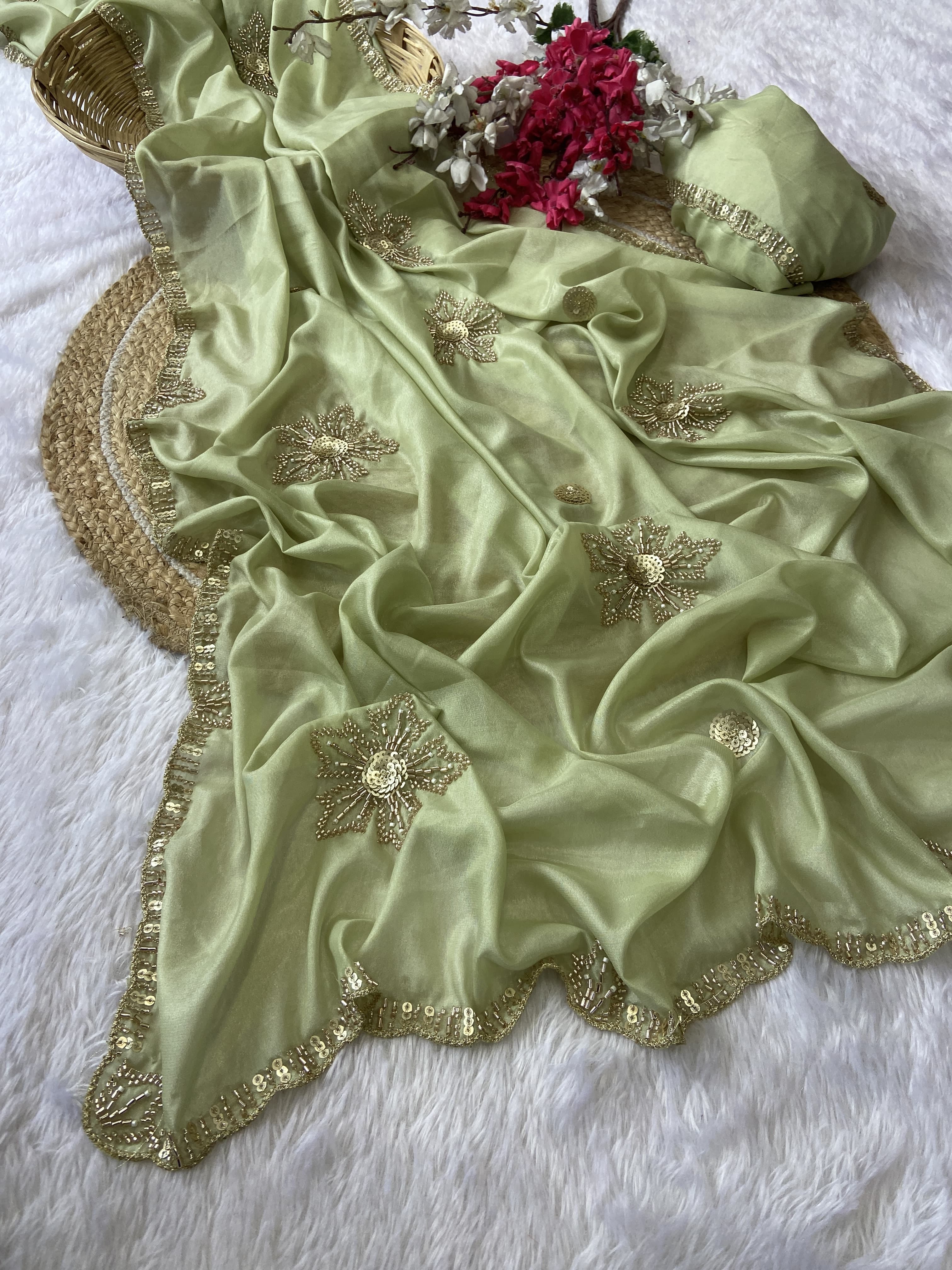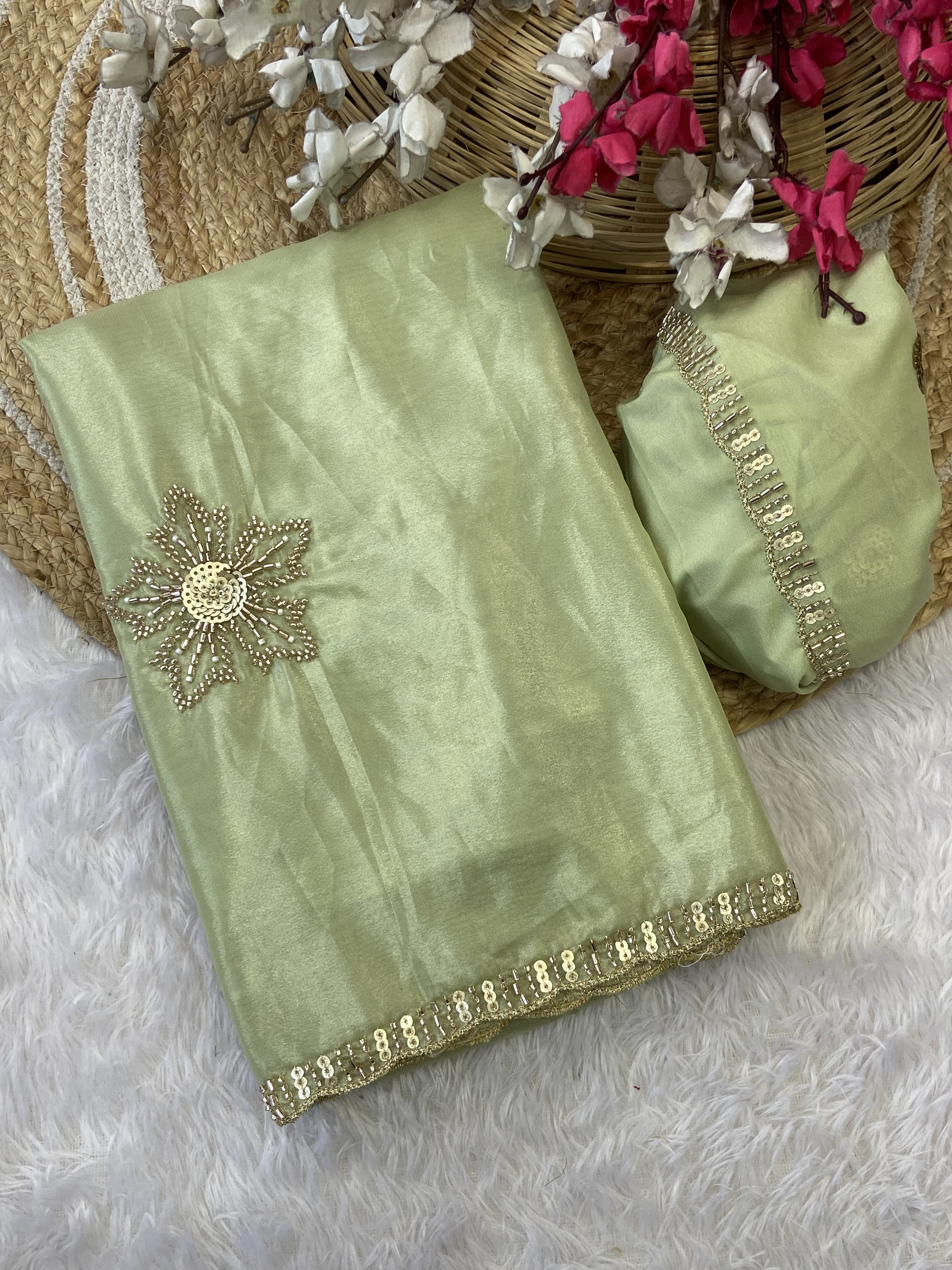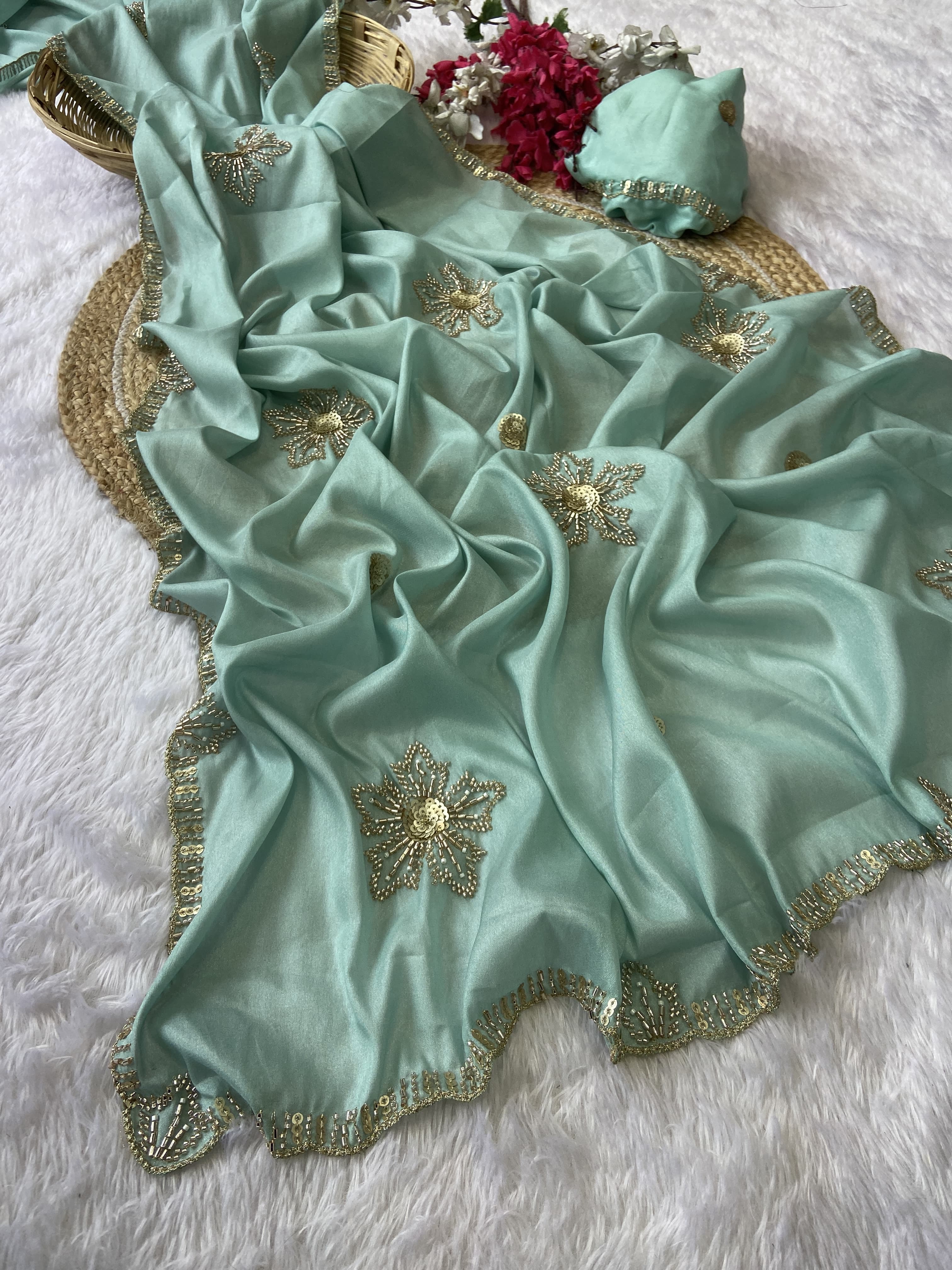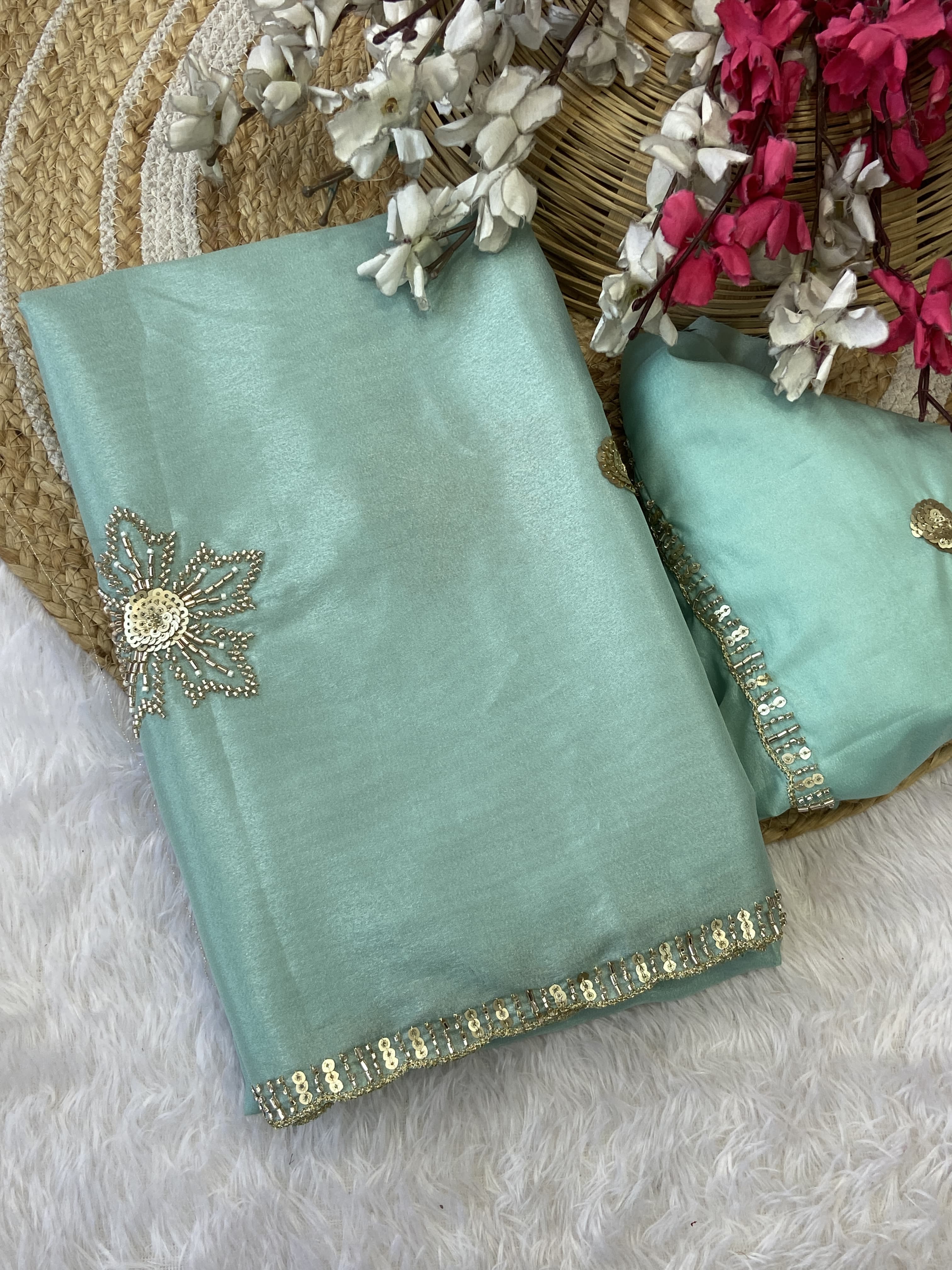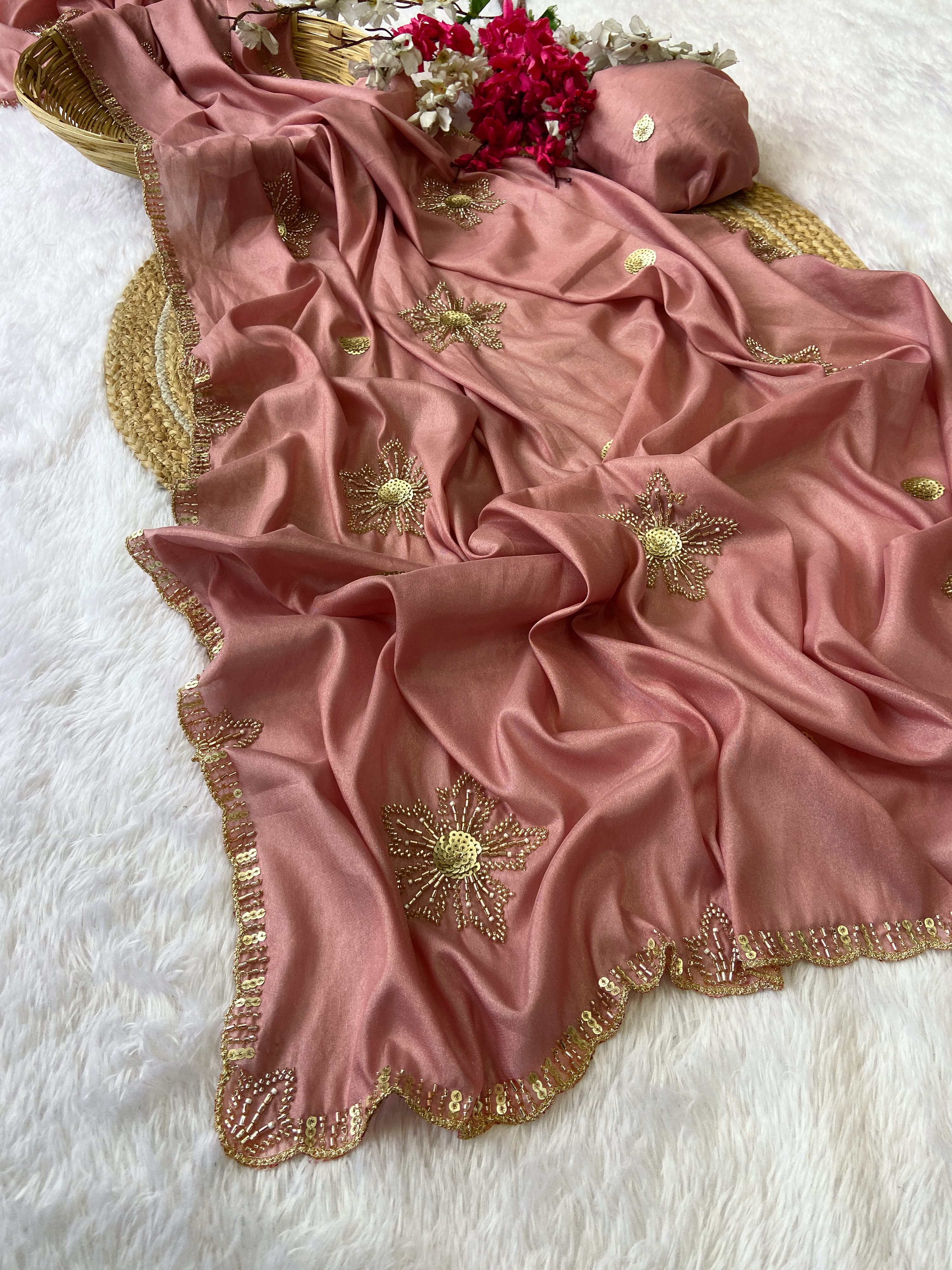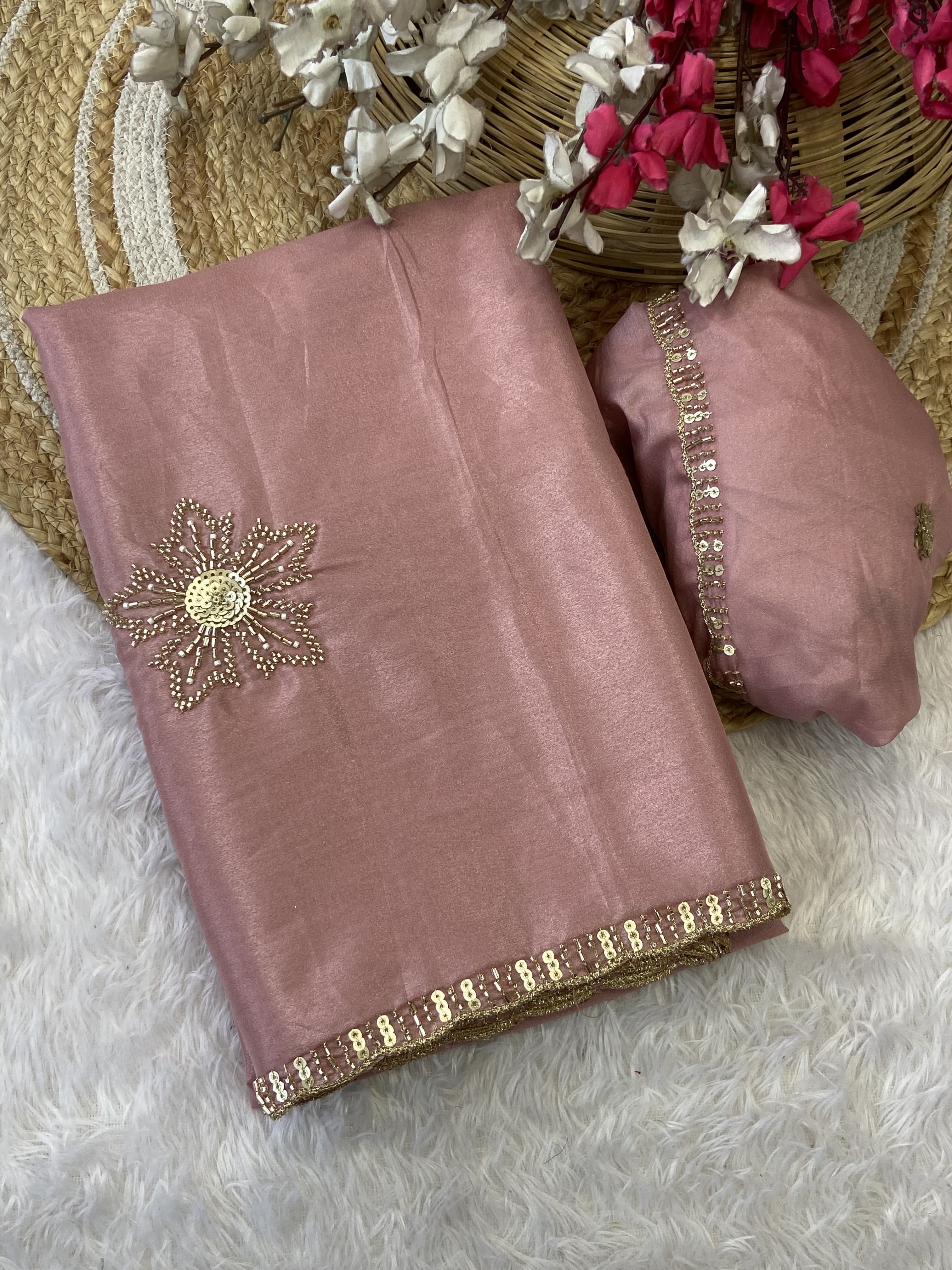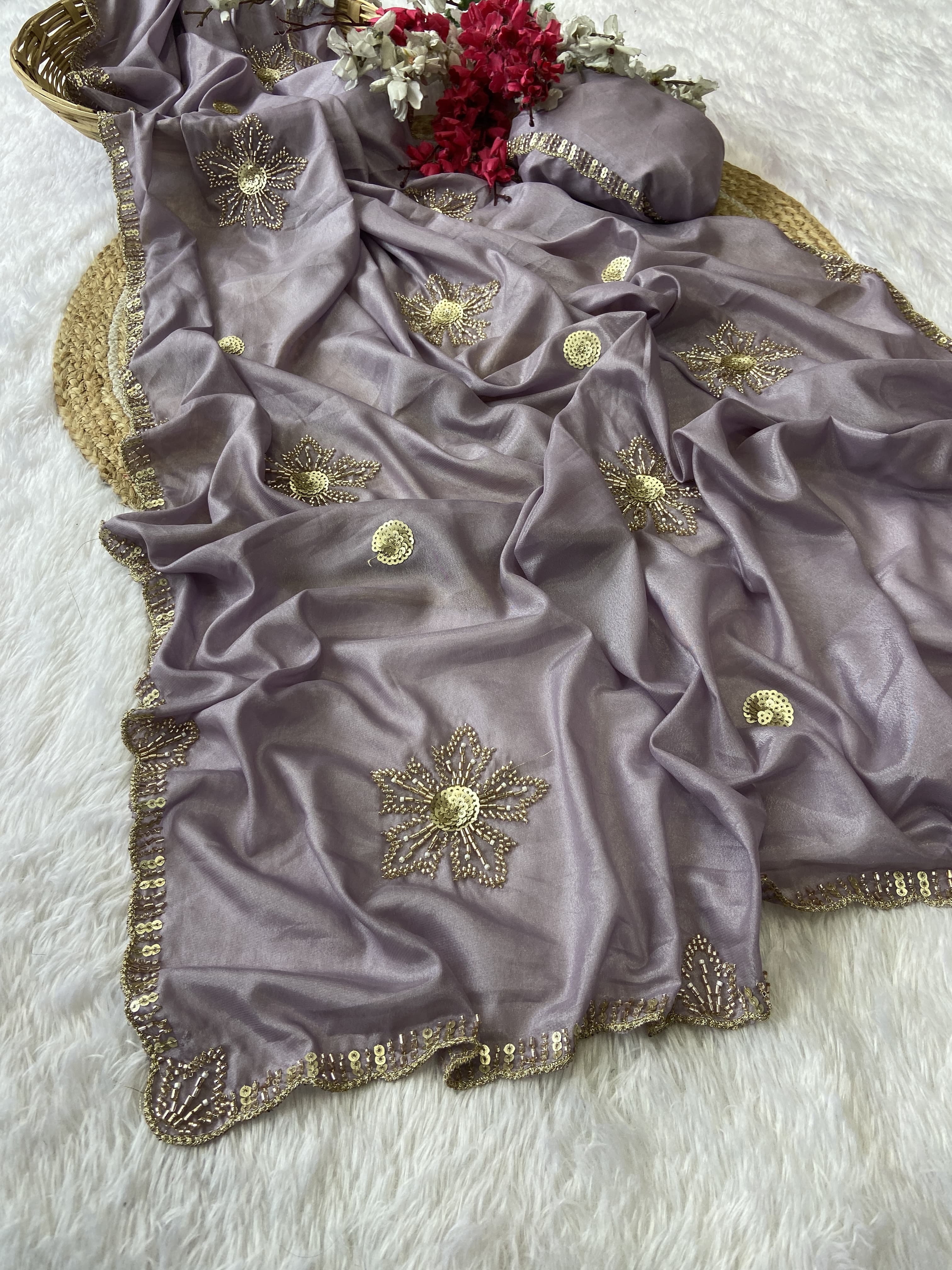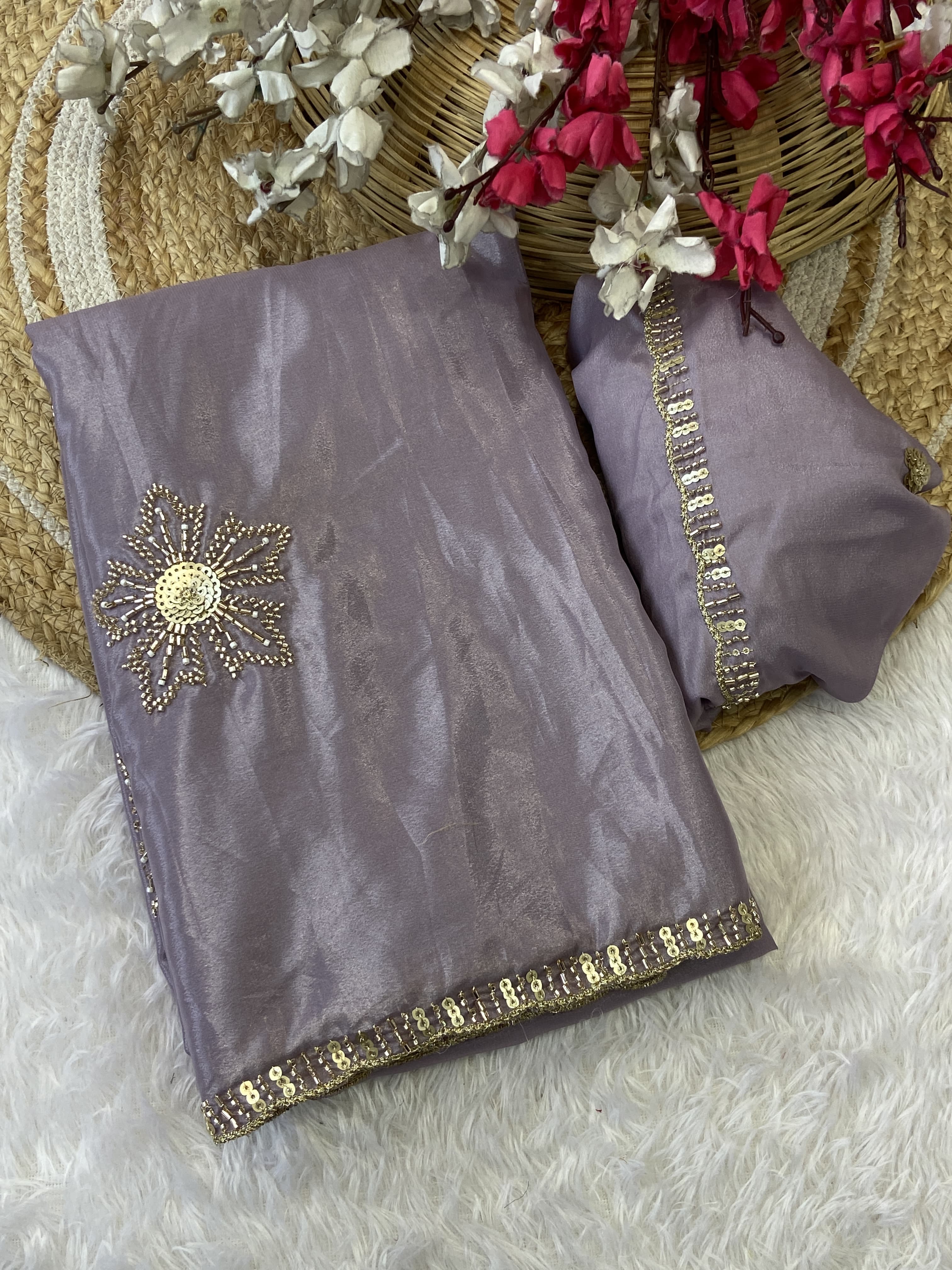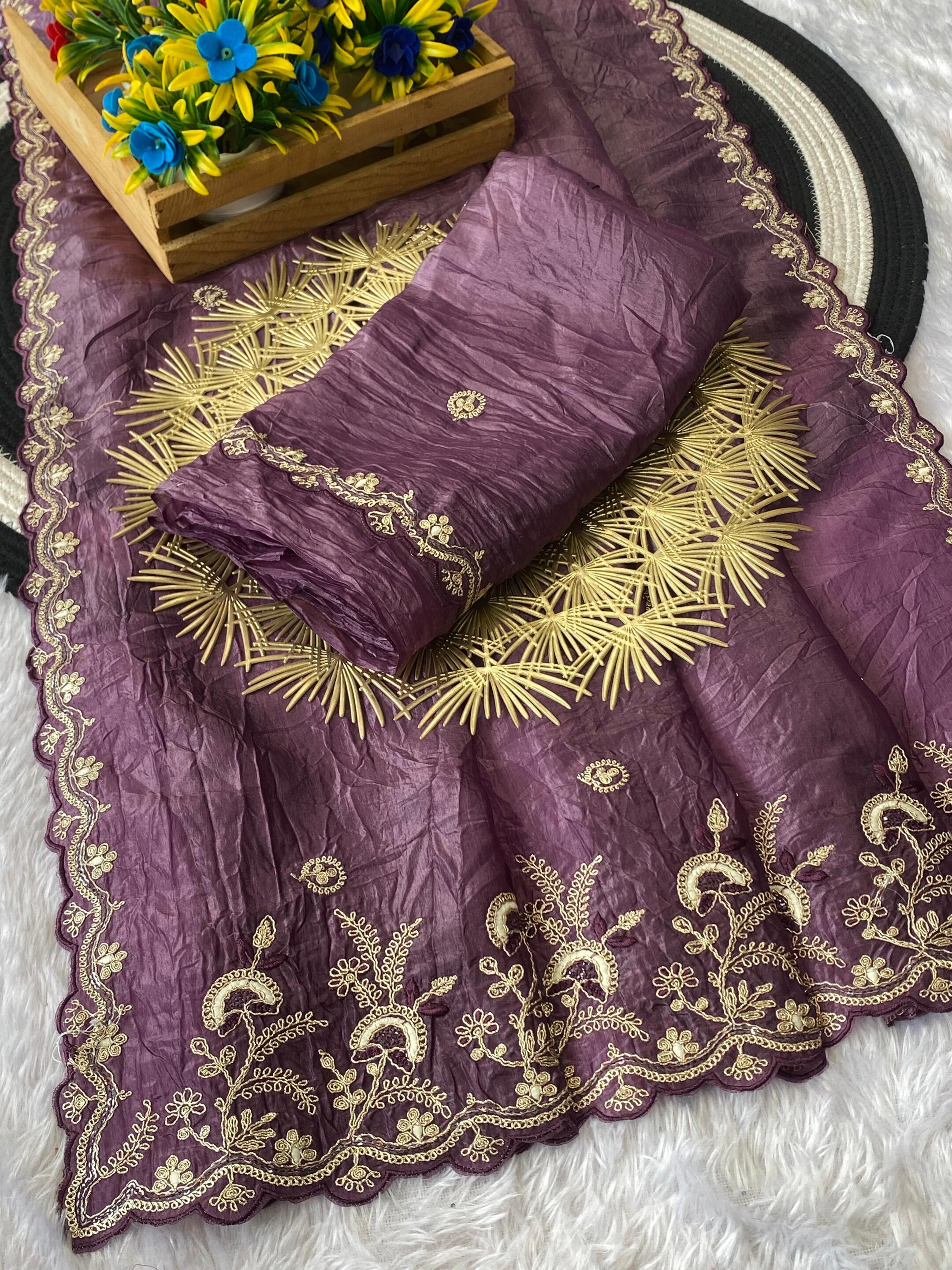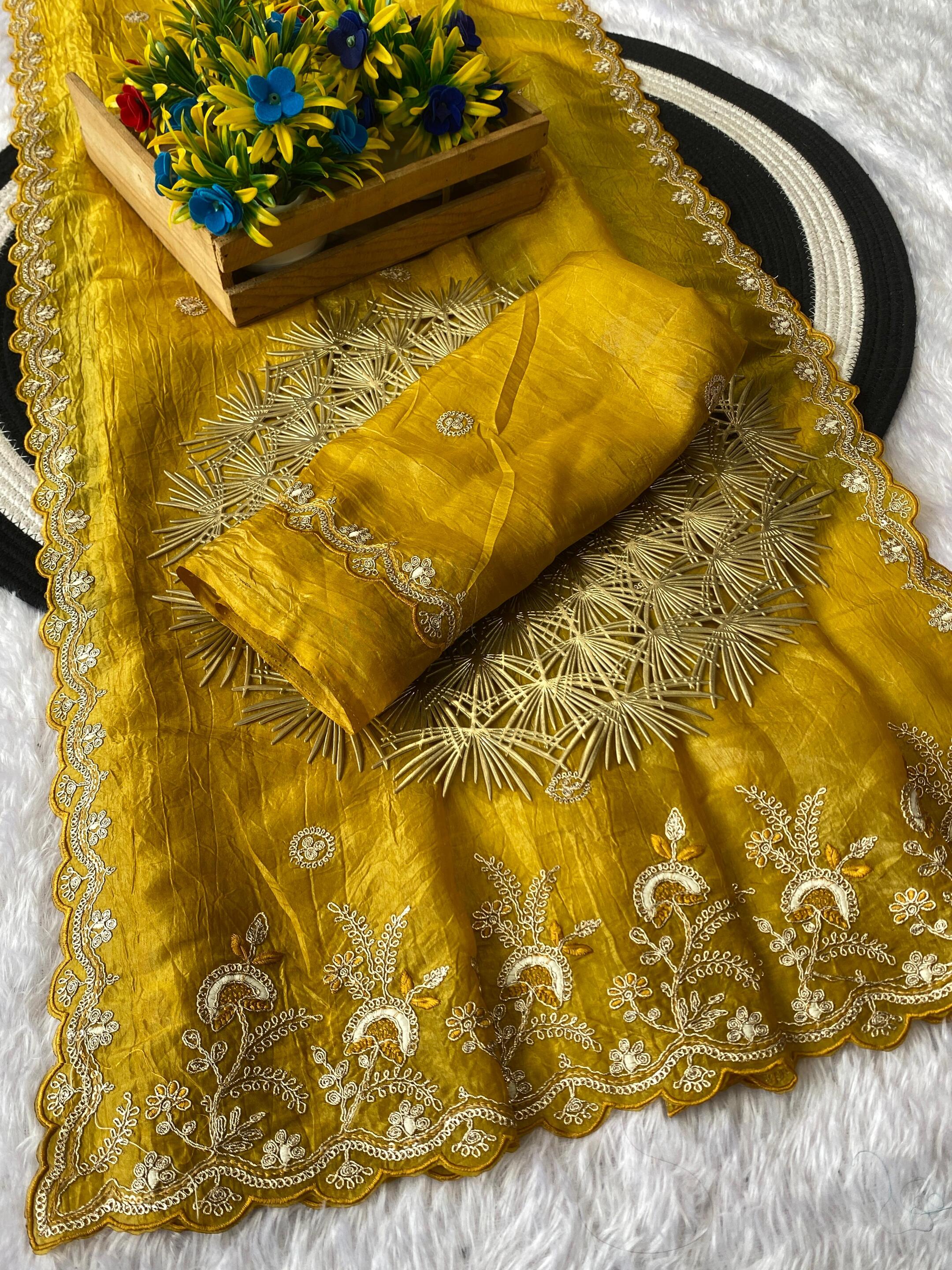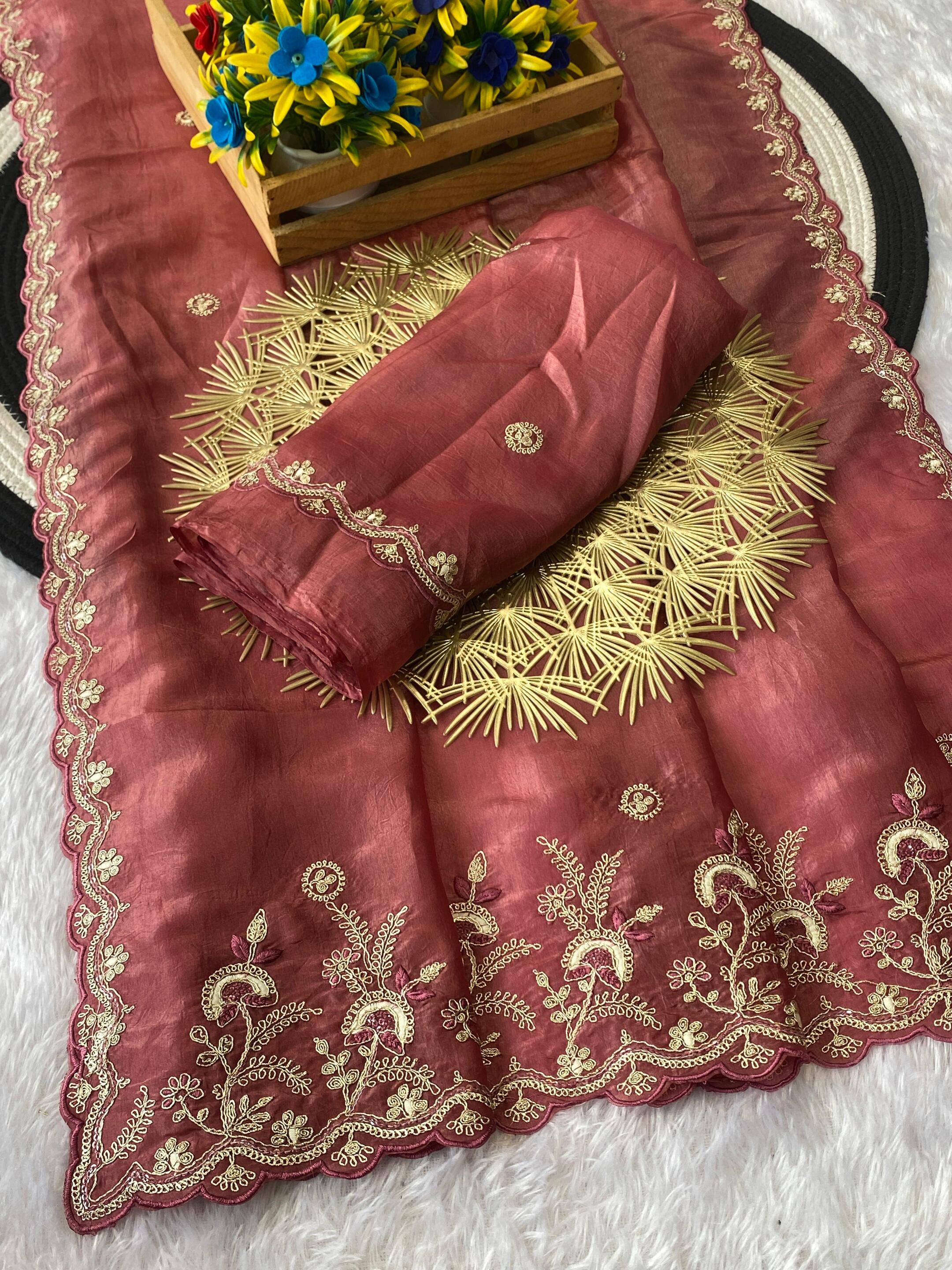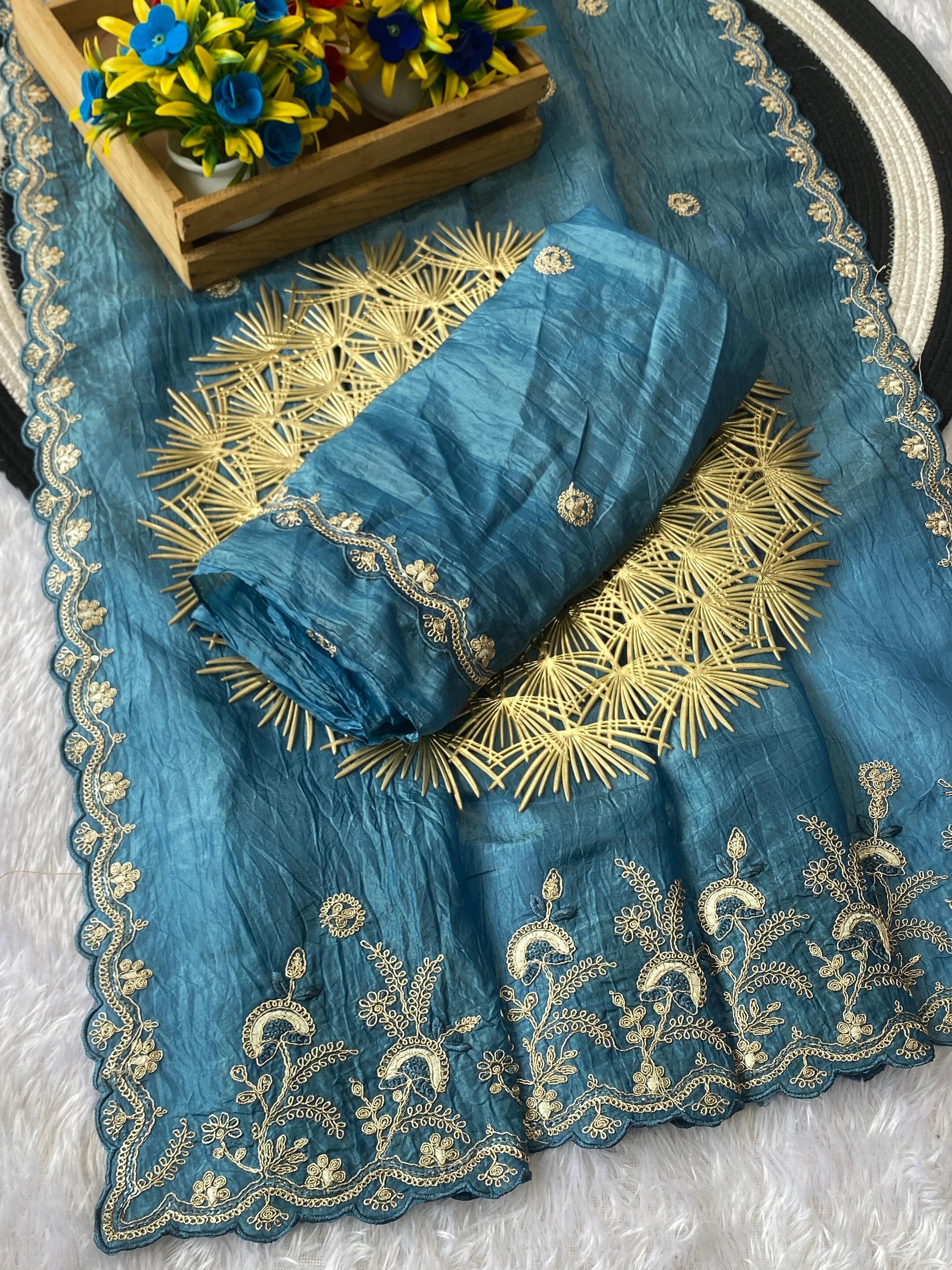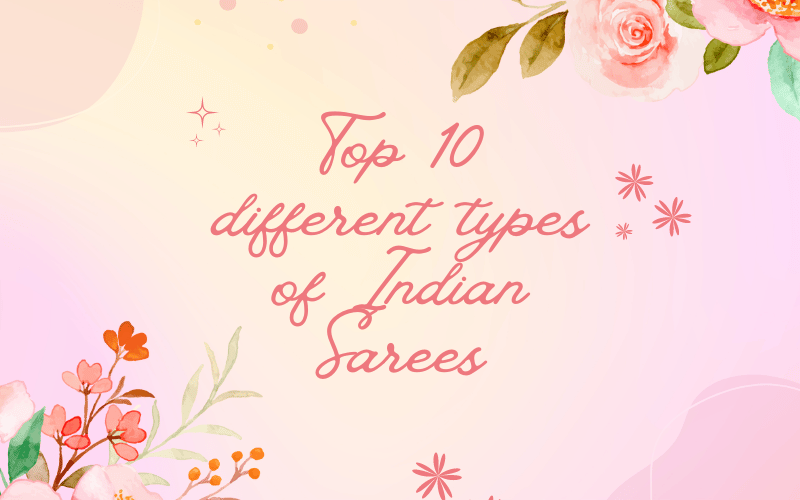
Top 10 Different Types of Indian Sarees

India is a country of cultures. Starting from language, food, or costume, India has a very rich cultural history. When we are talking about Indian cultures, how can we forget about its traditional costumes? Yes, it’s sarees. A saree is a symbol of beauty and elegance. So in this blog, we will talk about different types of Indian sarees.
Despite living in modern times and following a western culture, our women do not forget their traditional dress, the saree. The design and wearing style of this 4.5 to 9-yard cloth vary according to culture and state, demonstrating how diverse our culture is. Now, let's go over the various types of sarees one by one.
1. Banarasi Saree from Varanasi
When it comes to sarees, Banarasi silk sarees are the most popular. A woman's wardrobe is incomplete without a Banarsi saree. The Banarsi saree represents the culture of Varanasi, Uttar Pradesh. These Banarasi silk Sarees are known for their patterns and motifs.
In older times, Banarasi sarees were symbols of royalty, and mostly royal women could wear them. It was crafted by using original gold and silver threads. And you can buy them in bulk at Banarasi Sarees Wholesale.
Many variations of Banarasi sarees are made over time, but their elegance never fades, which is why they are women's first choice for any special function or occasion.
2. Bandhani Saree from Gujarat
The word bandhani comes from the word "bandhan," which means tie the knot and dye the saree. This unique type of manufacturing gives the saree a different texture and a highly decorated look. Bandhani sarees originated in Gujarat, but they are also popular in Rajasthan.
This saree is crafted by using different fabrics like chiffon, cotton, and a blend of cotton-silk, etc. These fabrics make Bandhani sarees very comfortable and lightweight. As a result, women prefer to wear this saree not only for special occasions but also for everyday wear.
Another old belief associated with this saree is that it brings a bride good fortune and a bright future.
3. Chanderi saree from Madhya Pradesh
Do you want a saree that will make you the centre of attention at your next formal event? The luster from a Chanderi saree is only for you. A Chanderi saree is named after the town of Chander in Madhya Pradesh, which is famous for its magnificent embroidery work.
Chanderi sarees have a variety of patterns drawn on their borders. Silk and zari are woven with cotton to make this saree, which makes it lightweight. So if you want to wear a saree that has luxurious looks but is also lightweight, this is the right choice for you. Not only for festivals or special occasions, you can wear it for regular use as well.
4. Kanjeevaram Saree from Tamil Nadu
If you are looking for a saree for a special occasion, the Kanjeevaram saree is without a doubt one of the best options. as it is one of the famous sarees in India. The Kanjeevaram saree is originally from Tamil Nadu.
In the beginning, this saree was only used for bridals in Tamil Nadu, but gradually it spread all over India, and now not only south Indian women but also north Indian women wear it for special occasions as it adds lavishness to women’s looks. The Kanjeevaram saree is known for its extremely detailed design and signature gold zari finishing.
5. Chikankari Saree from Lucknow
If you are in search of a saree that is very simple yet elegant, you should consider a Chikankari saree from Lucknow. The word "chikan" means embroidery, and that’s why it's known as a "chikankari" saree. Chikankari is one type of embroidery used to make the fabric more stunning and fabulous.
Originally, chikankari was only done on white fabrics, but it is now done on a variety of colourful fabrics as well. So, if you're not sure what to wear for the special day, a Chikankari saree is a good option.
6. Tant Saree from West Bengal
Every Indian woman adores the traditional Tant saree. It originated in West Bengal.
You can find this saree in every Bengali woman’s wardrobe. The most unique feature of this saree is its material; it is made of breathable material, making it an excellent choice for summer wear.
In the beginning, Traditional Tant saree had zari work done and heavily designed pallu on it but nowadays printed Tant sarees are becoming a more popular. Bengali women prefer to wear this saree for special occasions like Durga Pooja, Diwali, etc.
7. Kasavu Saree from Kerala
If you ever saw a saree worn by women in Kerala during Onam festivals, it could be a Kasavu saree. This saree is originally from Kerala, and it represents the culture of Kerala.
It was originally just a dhoti, blouse, and stole wrapped around the blouse, but it has since been updated as a modern version saree. This saree is made up of different shades of white fabric with thick golden borders around it. Sometimes borders are made up of original gold as well. This saree is very comfortable to wear on any occasion.
8. Patola Saree From Gujarat
If you are fond of sarees, then you have a dream of wearing a patola saree once in your life. Patola sarees originate in Patan, Gujarat. This type of saree has very heavy embroidery work and an extremely detailed pattern, which makes it more elegant.
It takes nearly one year to make one patola saree. This saree is quite expensive right from the beginning and was only worn by women from royal families in older times; now, only rich people can afford it.
The most intriguing aspect of this saree is that it is completely handmade and requires specific skills to make a patola saree, which is now only known by a few families, and this makes this patola saree more special.
9. Phulkari Saree From Punjab
The Phulkari saree originated in Punjab and is popular throughout India's northern states.It represents the culture of Punjab and the various patterns and folk embroidery of the state.
This saree comes in a wide variety of patterns and colors. Also, you can find this saree in various fabrics such as cotton, silk, chiffon, etc. You can wear it for special occasions as well as on a daily basis.
10. Nauvari Saree from Maharashtra
This saree originated in the western part of India, and it is one of the traditional Indian sarees to wear. The name of the Nauvari saree comes from its length, as it is a 9-yard-long saree.
Nauvari is a very distinct type of saree that is also worn in a unique way. Previously, royal Maratha women wore this saree as a dhoti style, as it helped them ride a horse and fight with enemies.
FAQs:
What is the standard length of sarees?
Generally, an Indian saree’s size ranges between 4.5 to 9 yards (4.1 to 8.2 meters), but the standard size for an Indian saree is 5.5 meters.
How many types of Indian sarees are there?
There are more than 30 different types of sarees in India.
What are the different types of sarees?
- Banarsi Saree from Varanasi
- Bandhani Saree from Gujarat
- Chanderi saree from Madhya Pradesh
- Kanjeevaram Saree from Tamil Nadu
- Chikankari Saree from Lucknow
- Tant Saree from West Bengal
- Kasavu Saree from Kerala
- Patola Saree From Gujarat
- Phulkari Saree From Punjab
- Nauvari Saree from Maharashtra
Which saree is the queen of sarees?
The beautiful Maheshwari sarees are known as the queen of sarees.
How many types can we wear a saree?
With one saree you can make nearly 10 different looks and styles.


